The Sony X75WL model is a 2023 television that is being continued into 2024 by the Japanese company Sony. It offers many positive features. For example, with the Google TV system, users can enjoy broad access to apps like Netflix, YouTube, or Amazon Prime Video and more! The apps are easily accessible, and full integration with the Play Store allows downloading many additional apps, including games and media players, etc. The built-in Google Assistant adds even more functionality, enabling users to control the television with voice commands. Daily usage is supported by features such as USB recording capability or connecting peripherals (e.g., mice and keyboards, headphones). All of this makes it a very functional device tailored to various users. Solid cooperation with PCs, thanks to 4:4:4 chroma support and low input lag, makes the Sony X75WL a great choice for an office or working from home. The sound quality is another plus—gentle bass and clarity will satisfy most users, especially those who appreciate audio quality without the need to invest in additional speakers. However, this model also has some drawbacks. Very weak contrast and average HDR effects mean it is not the best choice for night cinema sessions, where black depth and detail quality are crucial. Thicker bezels may not appeal to everyone. Despite the flaws, the Sony X75WL is a solid choice, especially for those looking for a versatile and functional television at an affordable price. However, if we are not strongly attached to the brand, we recommend considering competitive models (comparison visible below) that may offer a better quality-to-price ratio.
- Matching (Score)
- Our verdict
- TV appearance
- Where to buy
- Contrast and black detail
- HDR effect quality
- Factory color reproduction
- Color reproduction after calibration
- Smoothness of tonal transitions
- Image scaling and smoothness of tonal transitions
- Blur and motion smoothness
- Console compatibility and gaming features
- Input lag
- Compatibility with PC
- Viewing angles
- TV efficiency during daytime
- Details about the matrix
- TV features
- Apps
- Playing files from USB
- Sound
Sony X75WL vs Hisense E8Q
Direct compare
E8Q

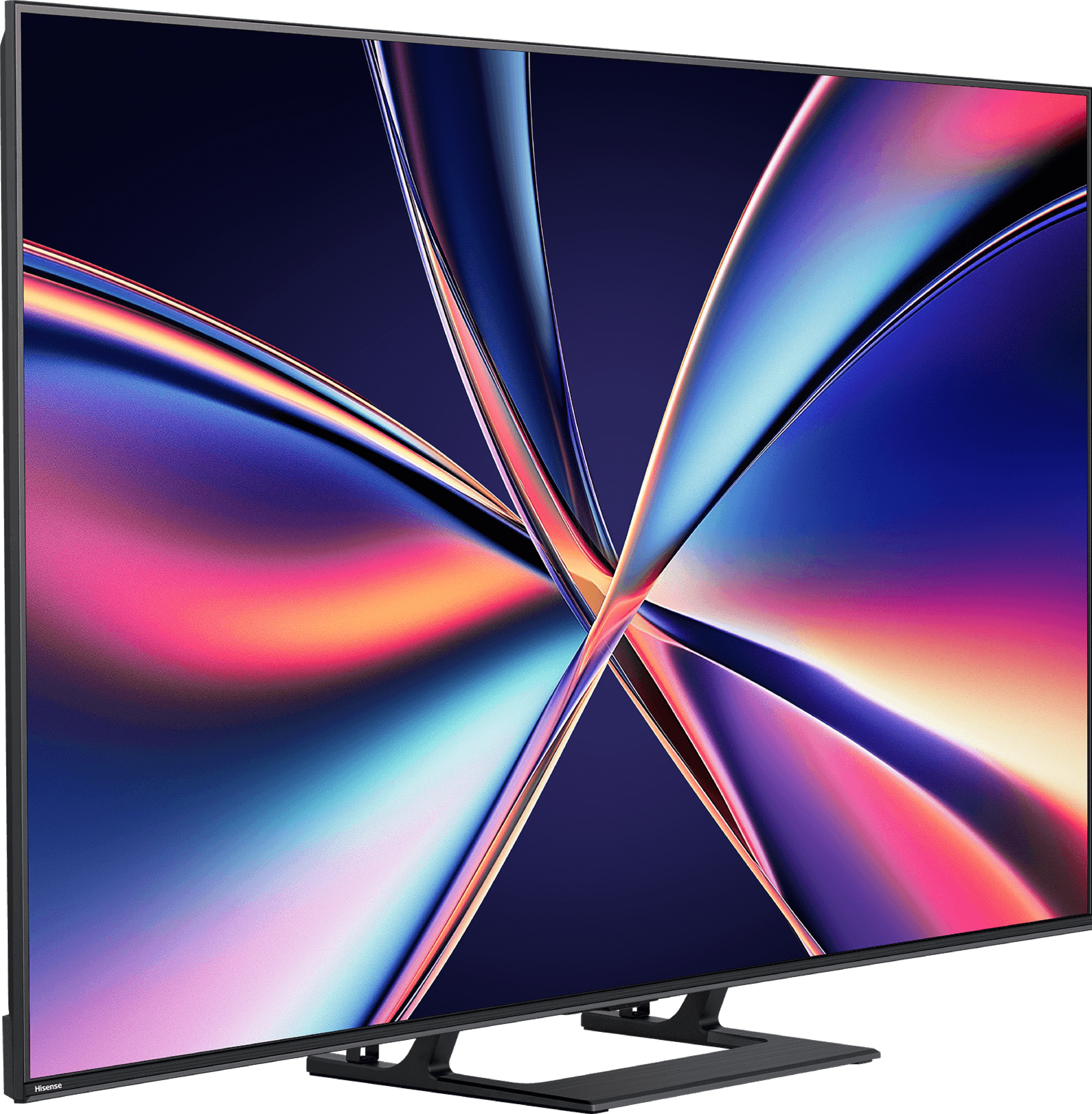
Panel type: LCD IPS
Resolution: 3840x2160
System: Google TV
Model year: 2023
Complete the survey to find out the result

Panel type: LCD VA
Resolution: 3840x2160
System: VIDAA
Model year: 2025
Complete the survey to find out the result

Overall rating
5.9
7.2
Movies and series in UHD quality
5.6
6.7
Classic TV, YouTube
5.3
6.8
Sports broadcasts (TV and apps)
5.5
6.5
Gaming on console
5.7
8.0
TV as a computer monitor
6.0
8.6
Watching in bright light
4.6
6.2
Utility functions
7.7
8.9
Apps
9.6
7.7
Sound quality
6.9
7.2
Complete the survey to find out what fits your preferences
Advantages
Google TV system with convenient voice control and access to apps
Ability to record to an external USB drive and connect peripherals
Good viewing angles thanks to IPS panel
Very good compatibility with PC (chroma 4:4:4, low input lag)
Pleasant, clear sound with gentle bass
Adjustable leg spacing
Great contrast and deep blacks
Very good smoothness of tonal transitions (close to reference level)
High brightness
Supports 4K 144 Hz and even 240 Hz in Full HD
VRR, ALLM, G-SYNC – a full package for gamers
Low input lag
Many classic TV features built into the VIDAA system
Disadvantages
Very weak contrast
Average colour gamut coverage
Poor for gamers - lacks many features
Design - thick bezels will not appeal to most
No support for HGiG (makes setting HDR on consoles difficult)
Poor viewing angles – typical for VA panels
Closed VIDAA system – lack of some applications
Inferior sound quality compared to the twin model U7Q
Our verdict
Hisense E8Q is a television that clearly draws heavily from the U7Q model – and that’s a great thing. After all, this is its European version, not another “slimmed down” mutation. After just a few moments with this screen, it’s clear that the E8Q is putting up a fight. And in many areas, it really succeeds. To start with – what impresses is that the blacks are deep, the contrast is high, and the brightness exceeds the threshold that we can simply call satisfactory. Add to that nearly perfect fluidity of tonal transitions, and we have an image that looks very mature, especially for this price segment. In gaming? Just as good. VRR, ALLM support, 144 Hz in 4K, and even 240 Hz in Full HD – it’s hard to find fault here. Well… almost. Because the E8Q has one additional flaw compared to the U7Q – the sound. In our unit, at moderate volume levels, the back of the cabinet began to resonate, producing rather unpleasant crackling noises. This might be a flaw of the test unit, but since the U7Q simply performed better – it’s worth noting. Especially if you find both models at a similar price. We can confidently state that the E8Q is a television that can confidently fight for the attention of those looking for a quality Mini-LED at reasonable prices. If a good price opportunity arises, it’s definitely worth it – because we receive almost the same as in the U7Q. And that means a really solid picture, excellent gaming features, and overall very good equipment that you can stick with for a while.
TV appearance




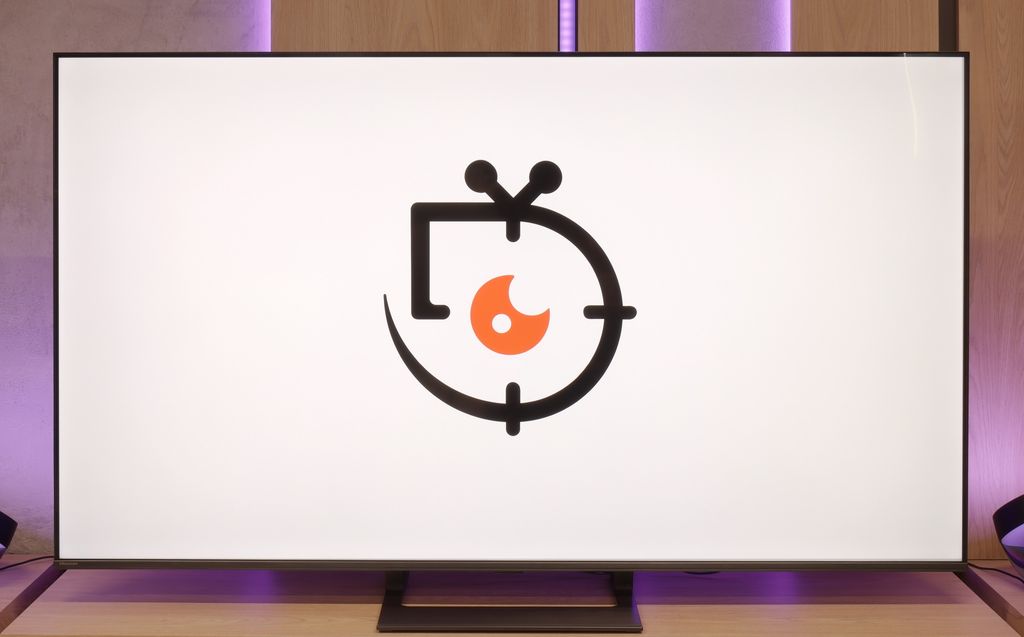
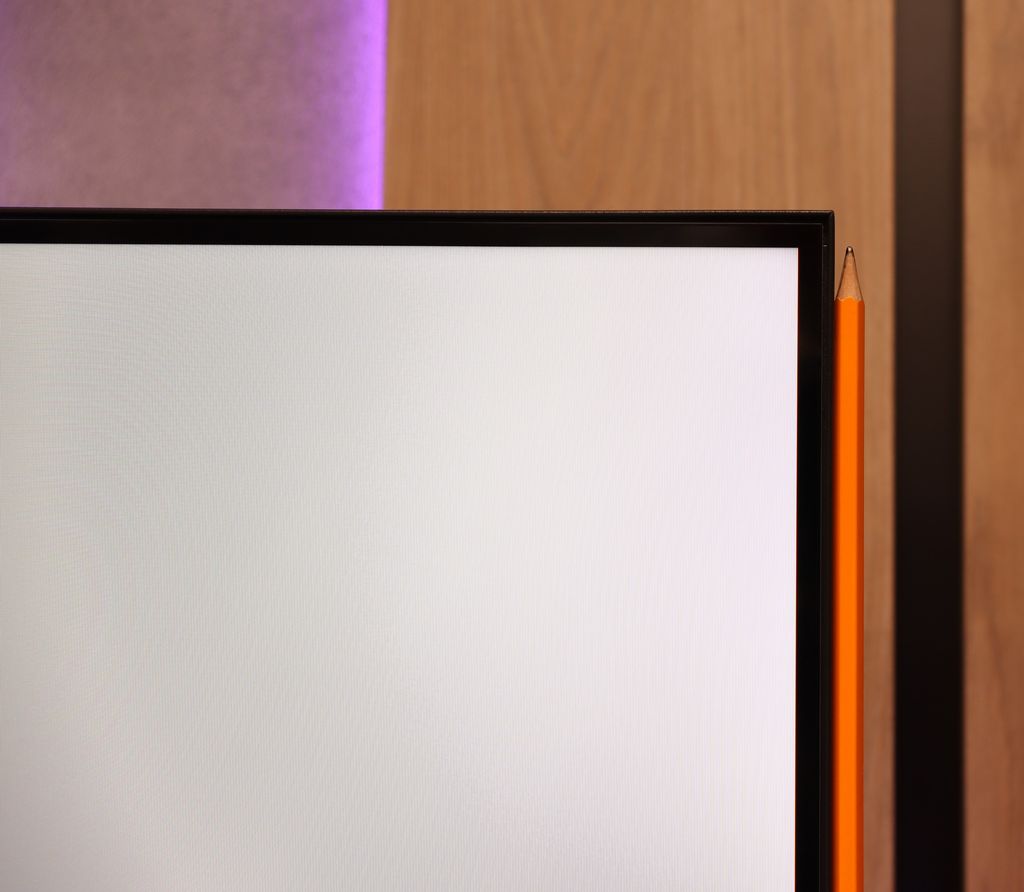
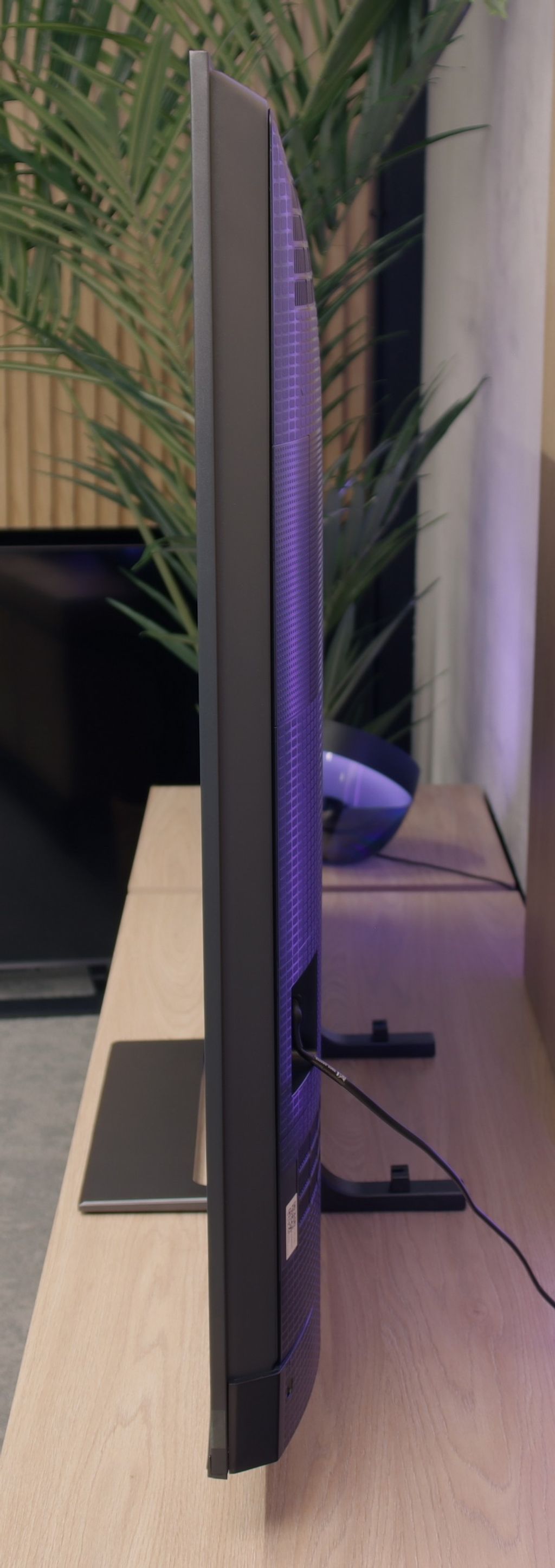
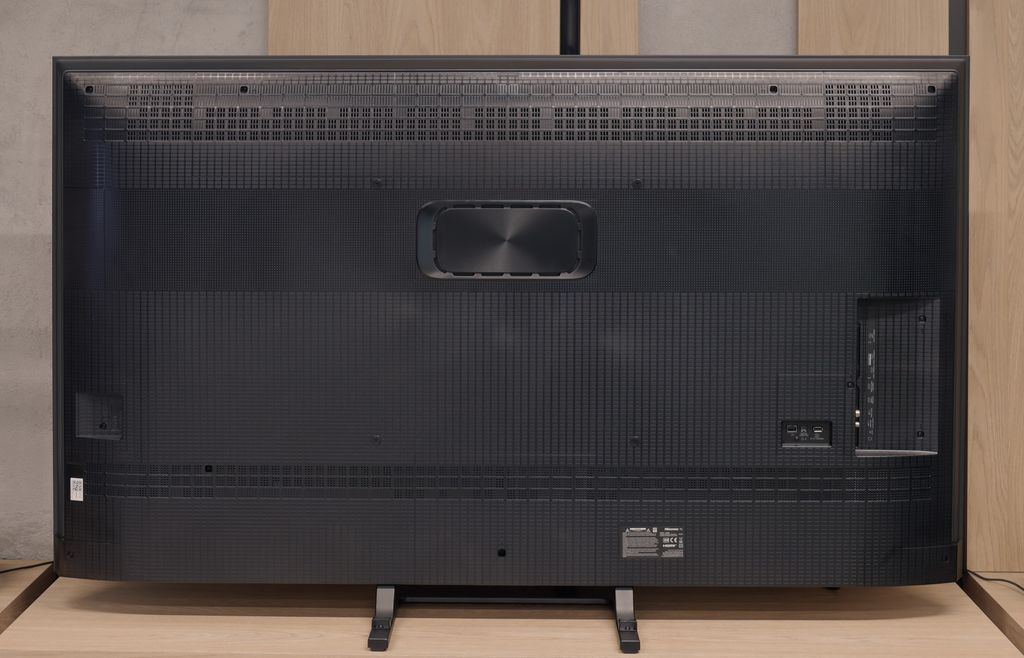
Contrast and black detail
2.4/10
7.6/10
Local dimming function: No
Local dimming function: Yes, number of zones: 220 (10 x 22)
Contrast:

Result
1,100:1

Result
1,200:1

Result
1,300:1

Result
1,400:1

Result
900:1

Result
277,000:1

Result
43,700:1

Result
15,750:1

Result
8,850:1

Result
6,350:1
Halo effect and black detail visibility:

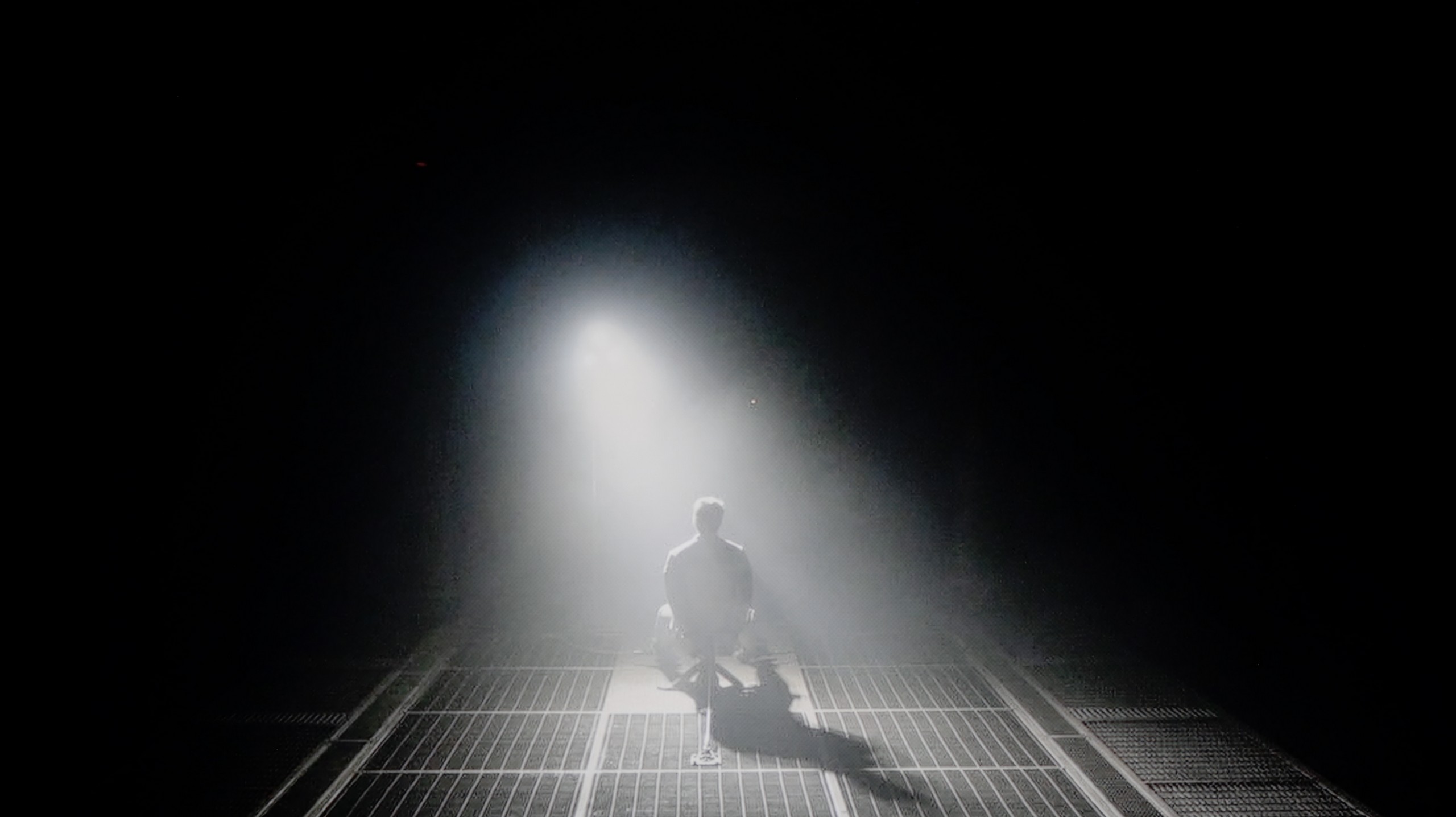
The tested model Sony X75WL is equipped with an IPS panel, which unfortunately negatively affects the quality of black levels and contrast. Black is shallow, and details in dark scenes are practically invisible. In the film "Sicario 2" one cannot see any details in the shadows. All of this makes the picture look weak and lacking in depth. The IPS panel used cannot provide the level of contrast that more demanding users would expect, and the lack of detail in dark scenes significantly lowers the quality of the viewing experience. The X75WL television does not have local dimming capabilities, which further complicates achieving the appropriate black levels and contrast in this category.
Similar to the U7Q, the E8Q model uses a VA panel and Mini-LED backlighting. The number of dimming zones also remains at a very similar level – in the 65-inch variant we tested, we counted 220 zones, which is exactly the same as in the U7Q. On paper, it looks really good for this price segment, and even better – in practice. The contrast is high, and the black can be really deep. In many scenes, the lights are clearly separated, and the image gains a sense of space. This is one of those cases where Mini-LED shows it can come close to OLED quality – of course, assuming we understand the limitations we have to consider. In very challenging scenes, there may be slight brightening or a minor halo effect around bright objects, but these are phenomena typical of this technology and are not very noticeable. Ultimately – the contrast and blacks in the E8Q are really solid, nearly identical to the U7Q model. It's hard to nitpick, especially when we look at the price of the television.
HDR effect quality
5/10
4.5/10
Luminance measurements in HDR:

Result
285 nit

Result
308 nit

Result
343 nit

Result
345 nit

Result
358 nit

Result
531 nit

Result
148 nit

Result
320 nit

Result
100 nit

Result
625 nit
Scene from the movie “Pan” (about 2800 nits)


Scene from the movie “Billy Lynn” (about 1100 nits)

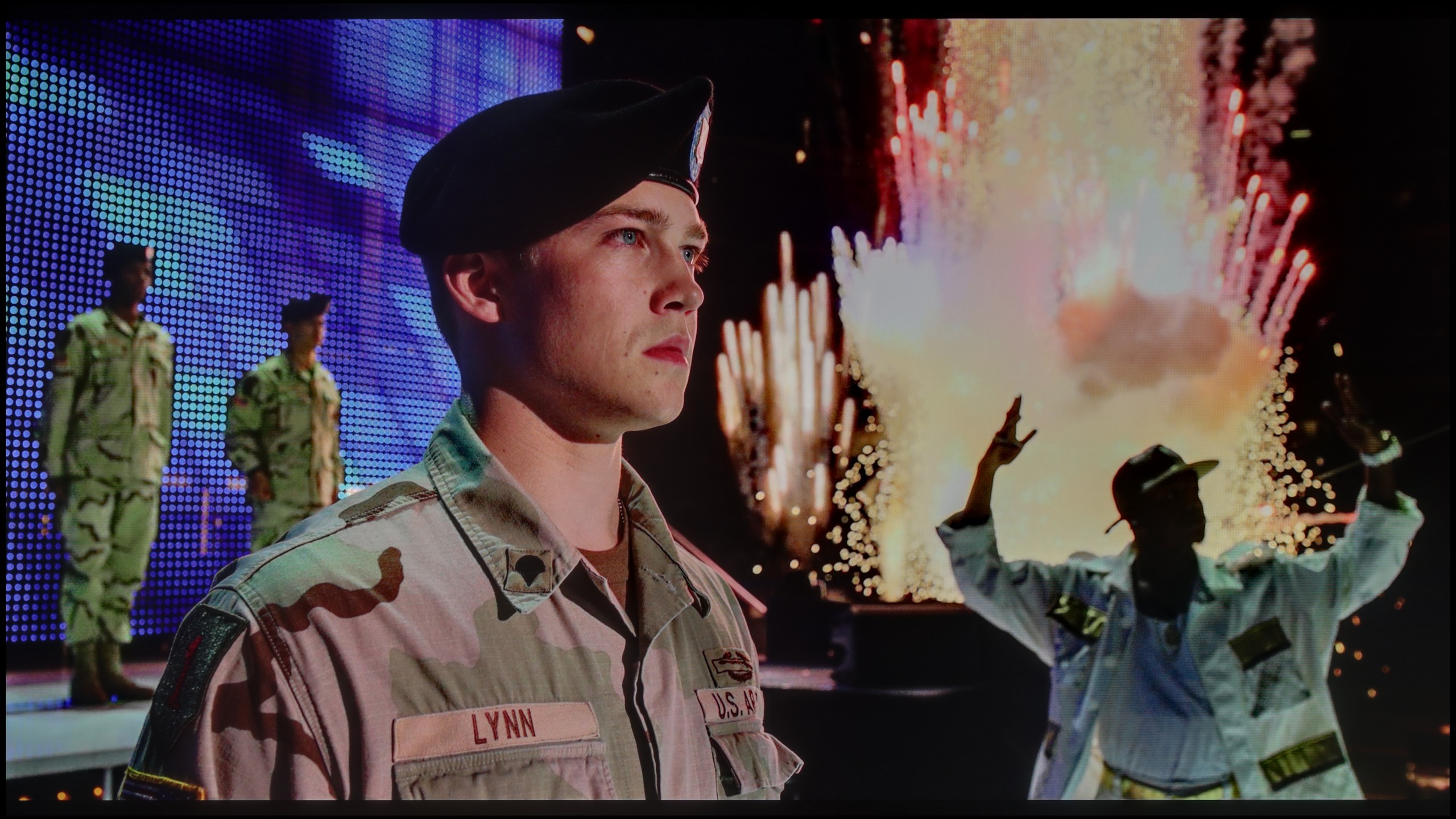
Static HDR10


Dynamic: Dolby Vision
Dynamic: Dolby Vision


HDR luminance chart:
Hisense E8Q
HDR luminance
Sony X75WL
HDR luminance
The luminance chart for the X75WL Sony television showed a maximum value of 350 nits, which unfortunately is not an impressive result. The television does not surprise with its brightness, and all the HDR scenes we tested lacked depth and the appropriate lighting effect that should accompany HDR content. Additionally, the tragic coverage of the DCI-P3 colour palette makes it difficult for the television to reproduce rich colours, which significantly affects the overall viewing experience of HDR content. The lack of adequate brightness and poor colour coverage means that HDR effects are very limited in this model.
Since the E8Q is a twin of the U7Q, it’s no surprise that the HDR effect quality is almost identical. On paper, it looks promising – a peak brightness of 800 nits can impress in many scenes. Moments like light flashes in “The Meg” or shots of the sun in “Life of Pi” can indeed create a “wow” effect. But the longer we watch, the more we notice the limitations. The problem arises when small, bright details need to be shown against a dark background. In such situations, the dimming algorithms try to protect the contrast, but in the process, they also dim what should shine the brightest. Instead of dazzling details, we get almost invisible points of light. This is typical for Mini-LED in this price segment and is not surprising – but it’s worth knowing that the HDR effect will not always be fully preserved. Fortunately, the colour reproduction provides reasons to be pleased. A coverage of the DCI-P3 palette of about 94% is a very good result, and the quantum dot layer used (more precisely, PFS) does its job – colours are saturated and vibrant, especially with 4K content.
Factory color reproduction
6.9/10
6.5/10


Factory Mode
After calibration
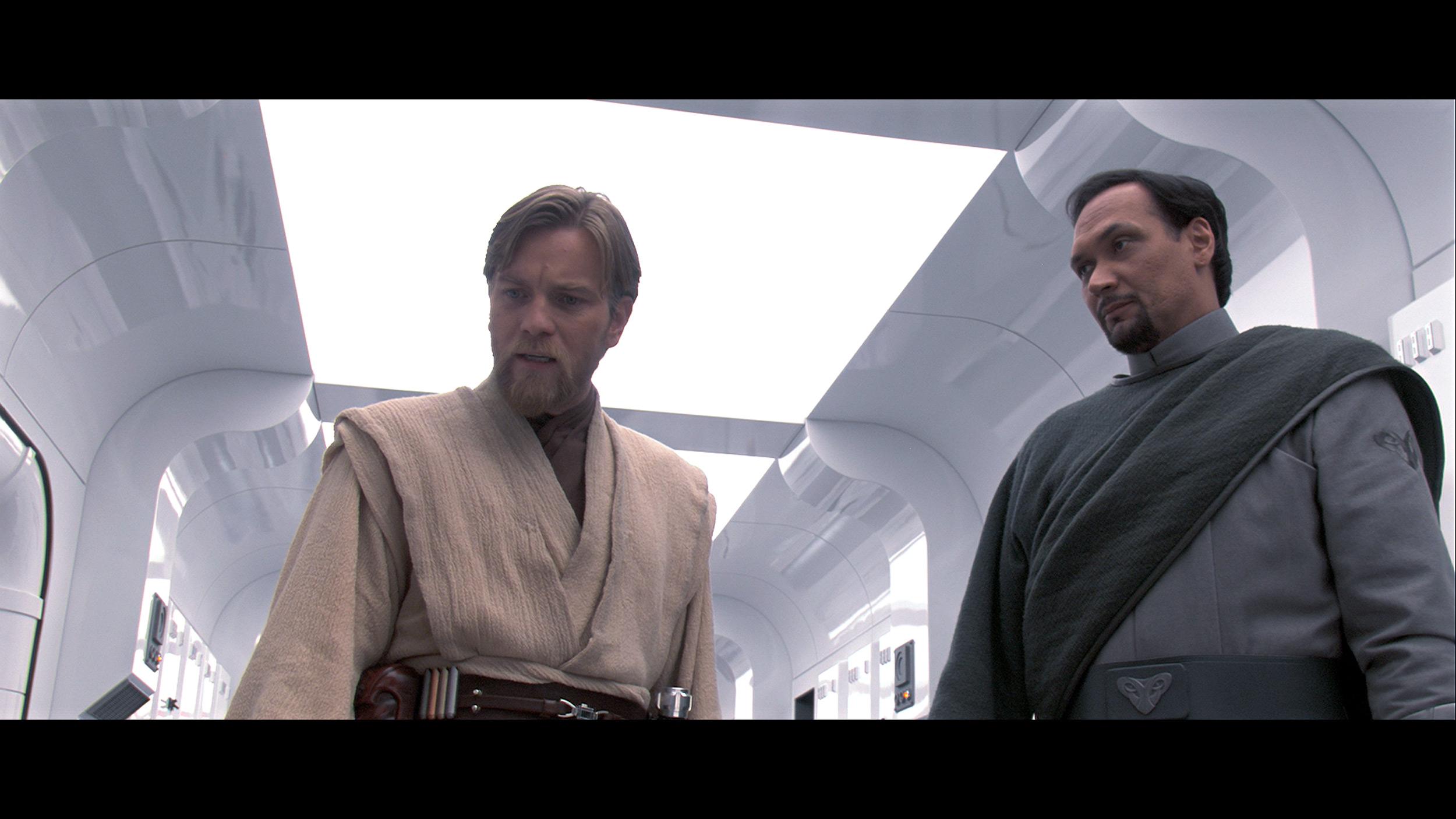
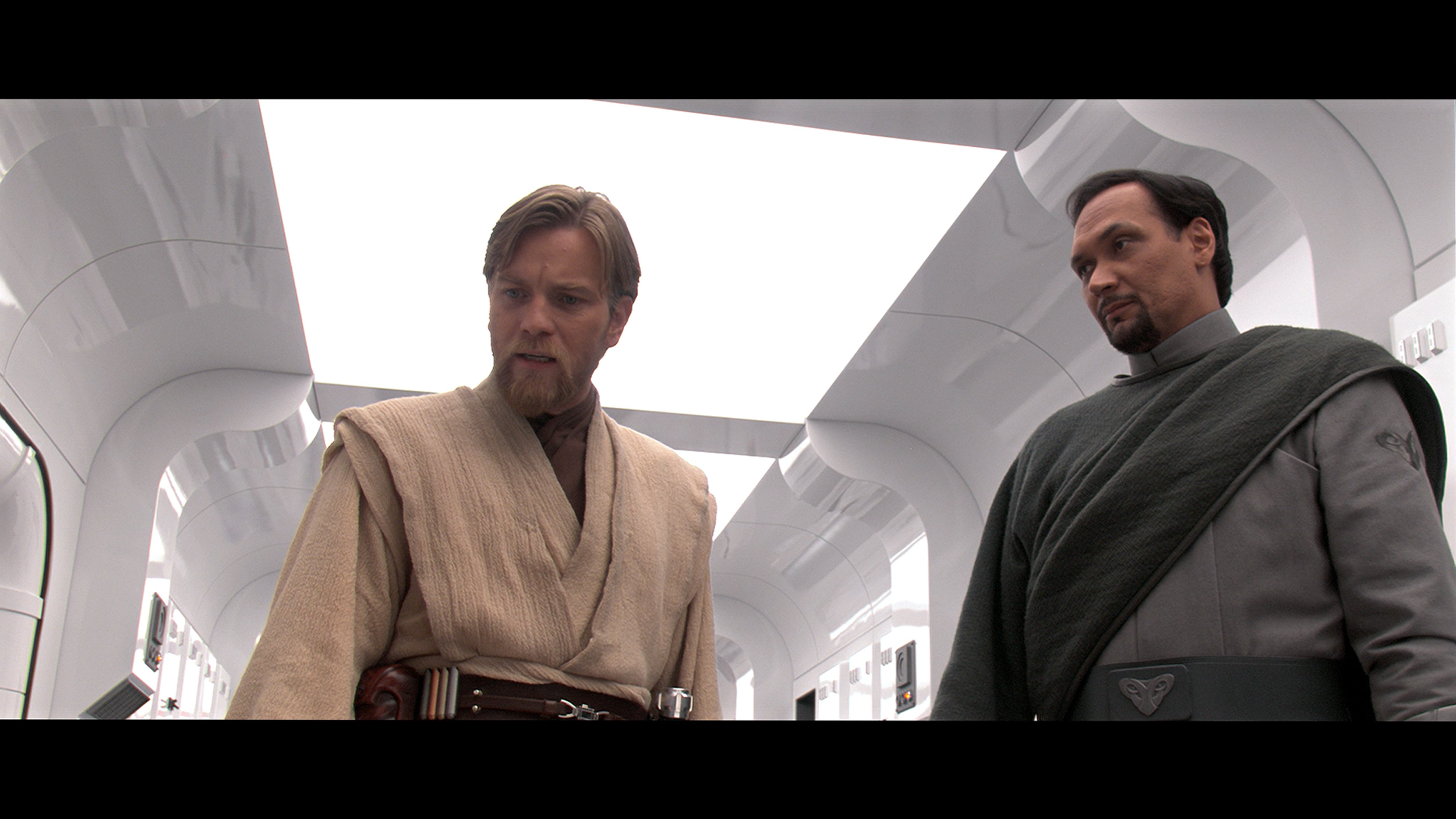
Factory Mode
After calibration
Colour reproduction tests for the model Sony X75WL are conducted in film mode, which offers the best picture settings but also has its flaws. The biggest issue with the X75WL Sony is the white balance – for both HD and 4K HDR content – which is characterised by a dominance of blue. As a result, the entire image feels too cool. The colour checker confirms these errors, showing that colours lean towards cooler shades. Regarding brightness characteristics, the contrast gamma is at quite a decent level; however, the same cannot be said for the EOTF curve. There are significant issues with maintaining the appropriate brightness – the image is either too bright or too dim, which affects the visual perception of the content.
Testing the Hisense E8Q in Filmmaker mode, we were hoping for a potentially neutral picture resembling the director's vision. Unfortunately – although it doesn't look too bad on paper (the colour reproduction errors aren't significant), in practice the image feels somewhat unnatural. The reason? The blue colour is boosted too strongly and there is a deficiency of red in the white balance. The effect? Scenes appear cool, and the white seems slightly bluish. Alongside the U7Q model, we also noticed a specific approach to brightness management here. The brightness reproduction curve for HDR content (EOTF) shows that the TV can significantly dim small, bright elements on the screen to maintain contrast – but sometimes it goes too far. On the other hand, it can excessively brighten larger, very bright areas, which disrupts tonal balance. It's a compromise that may not suit everyone – especially if you want a potentially faithful picture straight out of the box.
Color reproduction after calibration
7.1/10
7.4/10



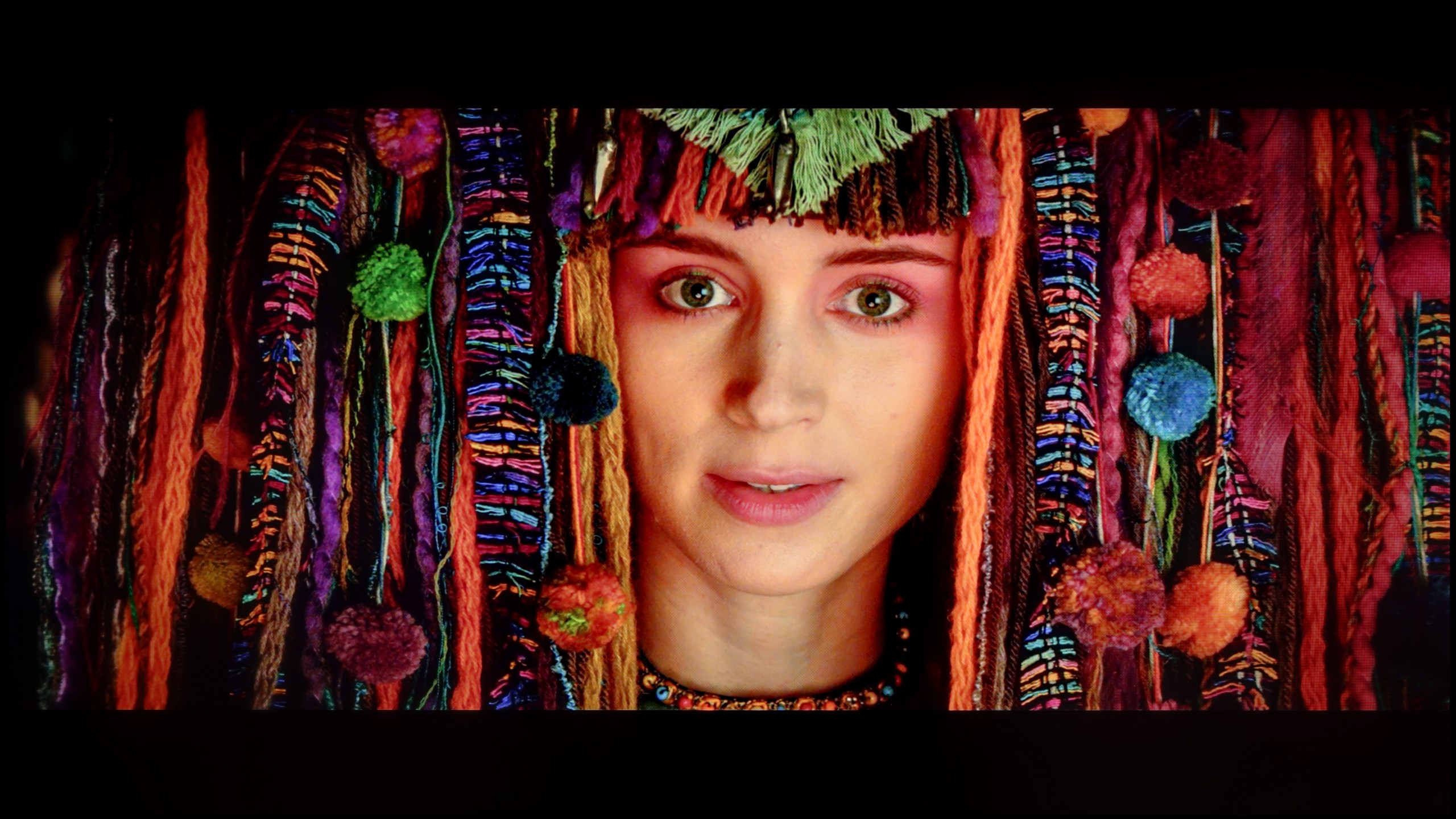
X75WL Sony is one of those cases where image calibration may not be heavily spectacular, but it provides a very good improvement in colour perception. The white balance, both for HD and 4K materials, has been significantly improved – we no longer have a strong dominance of cooler shades. The gamma curve also appears more stable, which translates to better image quality. However, the biggest issue remains the EOTF curve, which is responsible for brightness in 4K materials. Due to the technological limitations of the television (IPS panel and lack of local dimming technology), it's hard to talk about significant improvement, as we can't squeeze more out of this model. Despite these limitations, the tonality of the image has been significantly improved.
Calibration of the Movie mode yielded really good results, especially regarding SDR content. The white balance was successfully adjusted, giving the image a natural look – it appeared almost reference-level. The colours were well-saturated, and the overall experience of the content improved significantly. Unfortunately, when we switched to HDR materials, the familiar issues from the U7Q model returned. The TV still likes to "do its own thing," as seen from the analysis of the EOTF brightness characteristics – despite calibration, the E8Q still darkened small details in the shadows, while brighter parts of the screen were sometimes excessively boosted. In practice, this means that in darker scenes, some of the smallest details could simply disappear. Although it's worth noting that the entire calibration process brought a lot of good, not everything can be bypassed – even with the use of professional tools. The E8Q can impress with its picture, but in HDR content, its construction limitations become apparent, and it's worth keeping this in mind.
Smoothness of tonal transitions
8.1/10
9.9/10

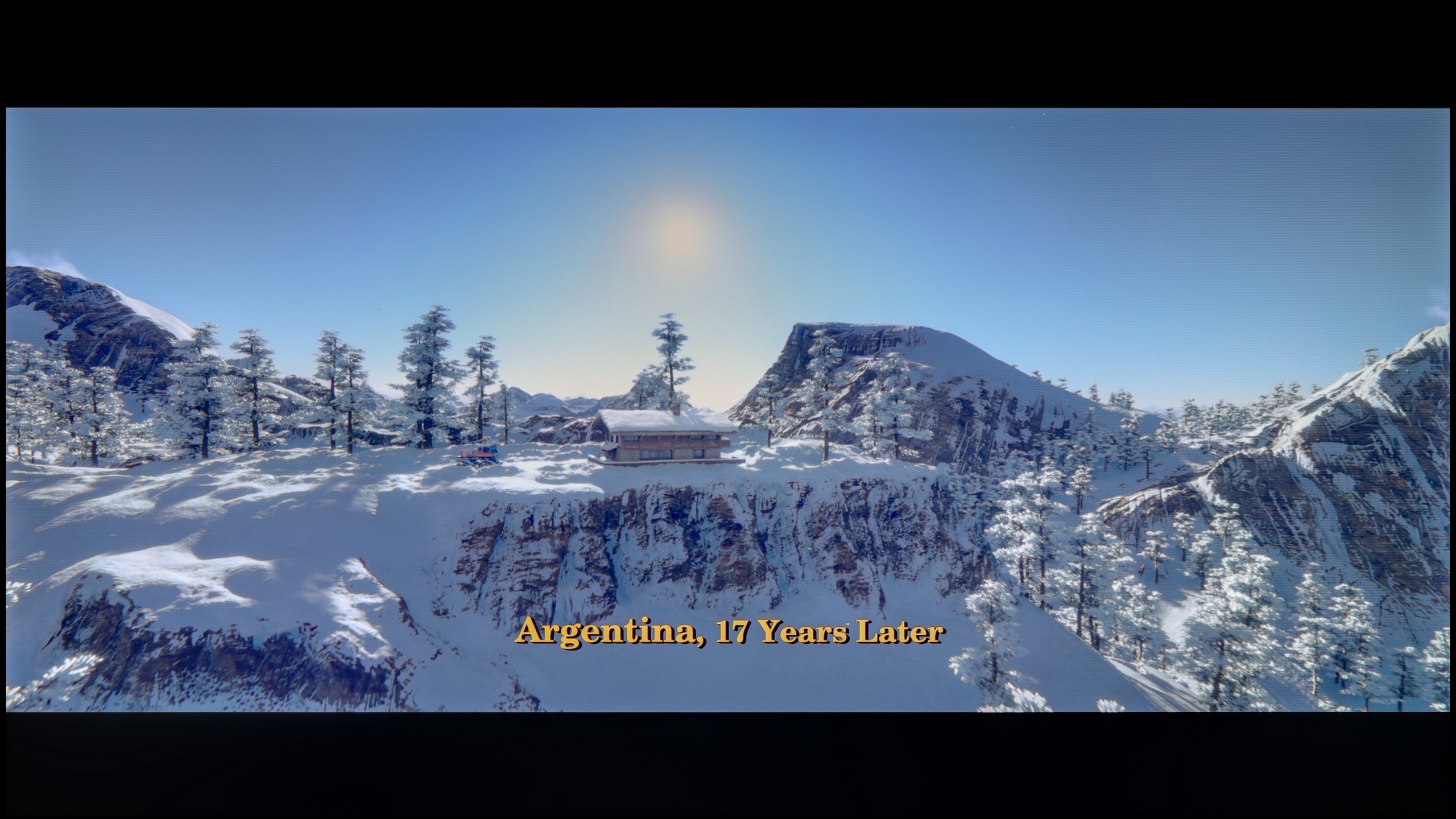



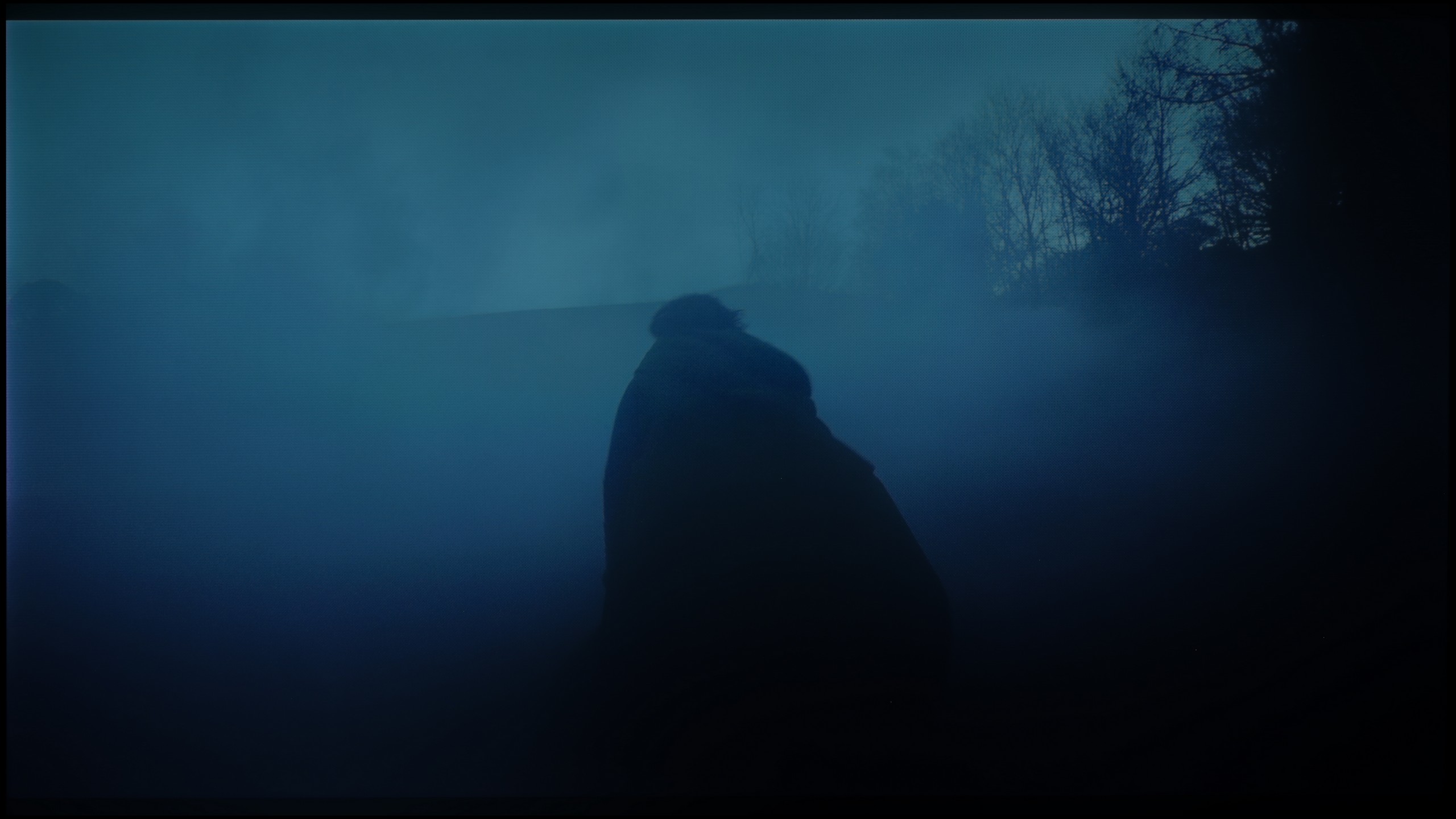

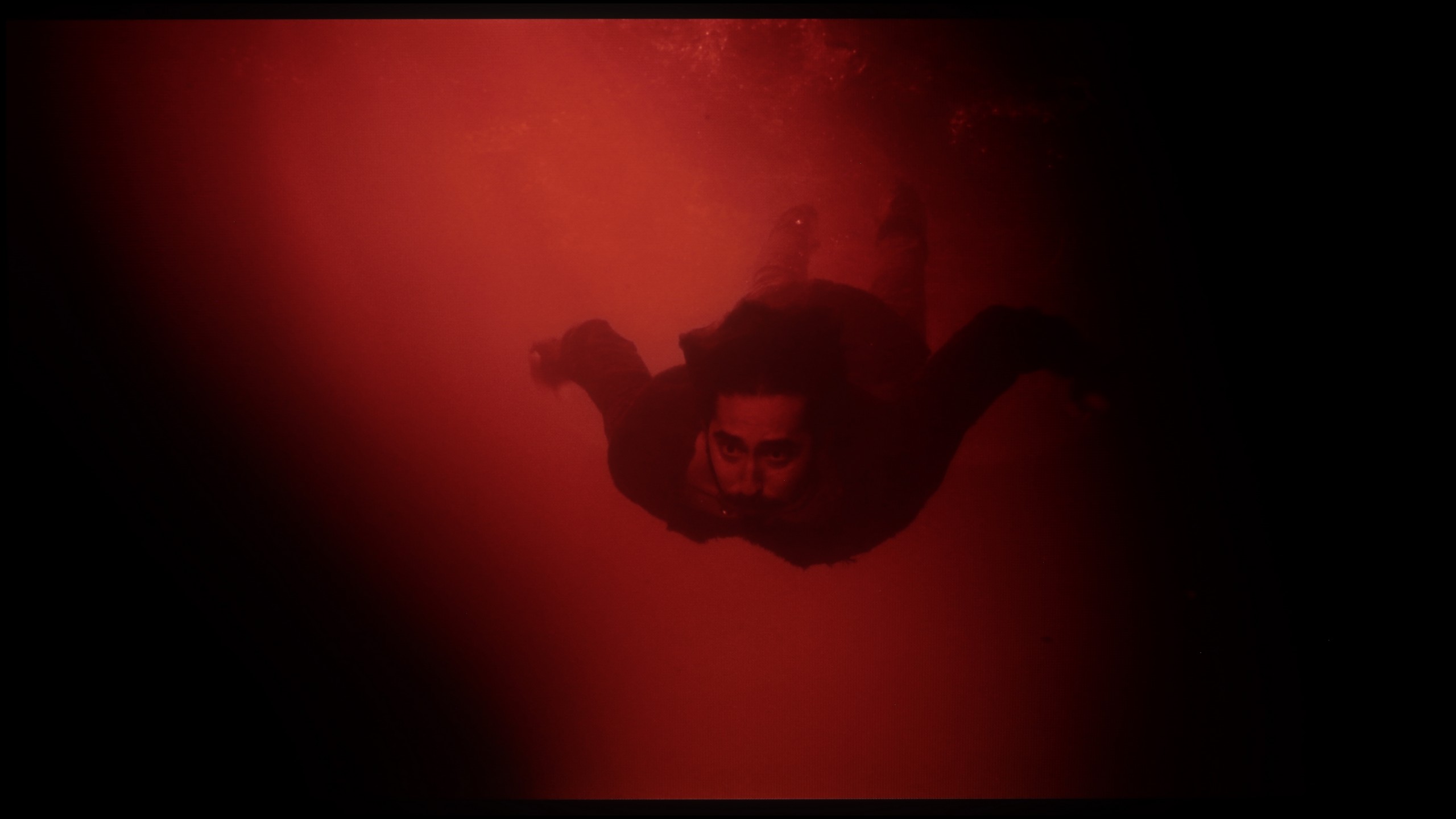




In the X75WL model, the smoothness of tonal transitions performs very well. The gradation in the shadows is good, without visible issues, which positively impacts the image quality in darker areas. In brighter scenes, slight smoothness issues can be noticed, but they are not distinctly noticeable and shouldn't affect the viewing comfort. In a scene with an intense red colour, slight cuts are visible; however, they do not detract from the overall enjoyment of watching.
In this category, the Hisense E8Q really demonstrates its quality. The transitions between colours are very smooth, without any "steppings" or clear boundaries between tones. The image looks natural, and the colour gradation performs exceptionally well – even in more challenging scenes. If there are any minor imperfections, they are subtle enough not to be noticeable. It's hard to find fault here – it looks almost perfect.
Image scaling and smoothness of tonal transitions
6.1/10
6/10
Smooth transition function

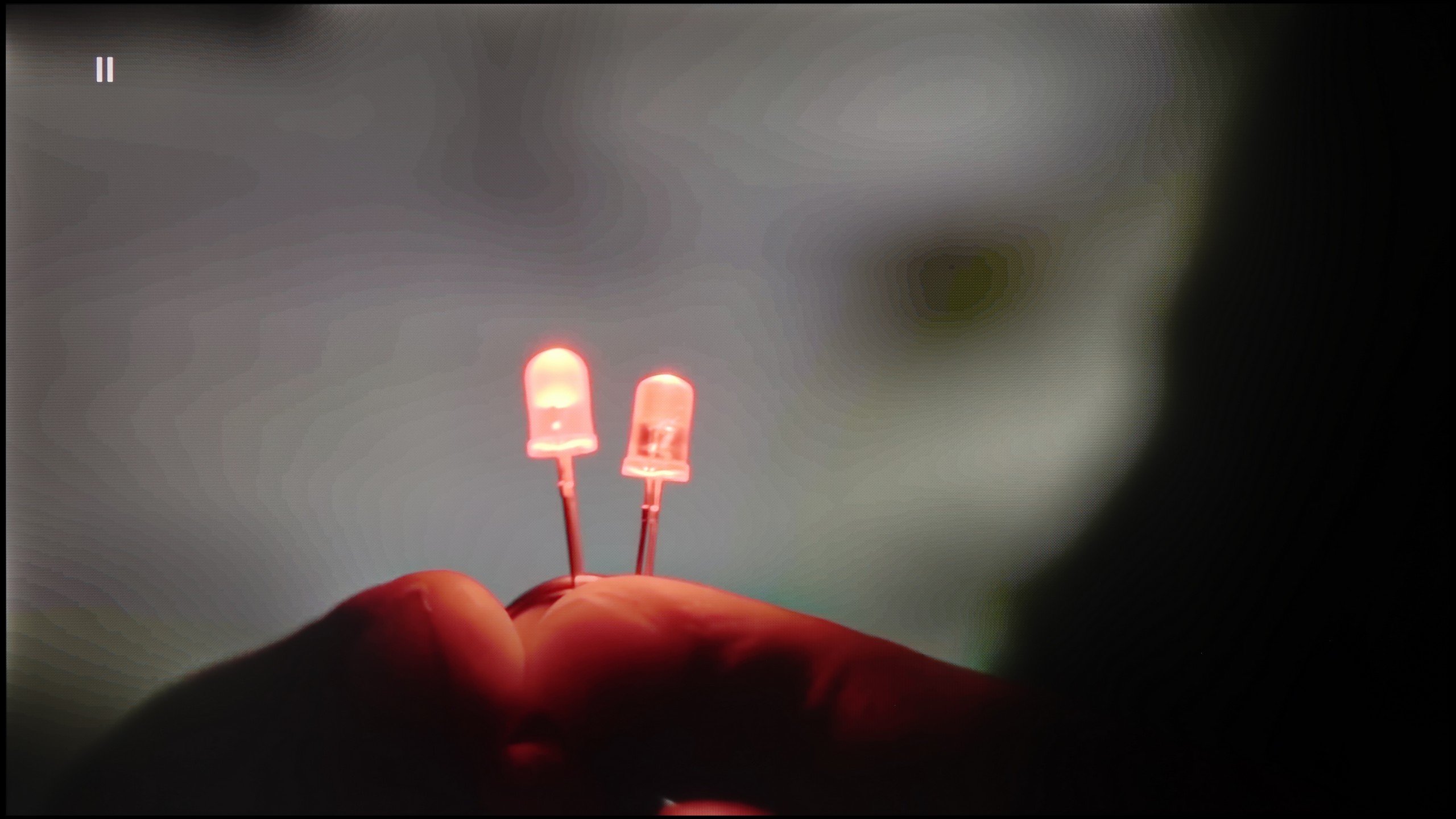
Image without overscan on the SD signal


In the case of low-quality tonal transitions, the Sony X75WL television performs poorly. The lack of any feature to improve tonal transitions results in noticeable imperfections in colour gradation. However, it can be noted that the digital processing is quite good – the image is displayed without overscan, and the overall presentation is relatively good thanks to the added slight sharpness, which some users may appreciate.
In the case of older materials of lower quality, gentle smoothing of tonal transitions often comes in handy. The Hisense E8Q, like the U7Q, has a "Smooth and Gradient Picture" feature, but unfortunately, its effectiveness leaves much to be desired. The "Low" setting is nearly invisible in operation, while higher settings blur details instead of improving transitions. The good news is that the feature does not compromise film grain, which means it does not degrade the structure of the image. On the positive side, scaling is commendable. The TV can reasonably convert older content to a higher resolution – without artificially accentuating contours or excessive sharpening. Although it doesn't match the best models in this category, it performs quite well for its class.
Blur and motion smoothness
4.9/10
7.5/10


Blur (native resolution, maximum refresh rate):



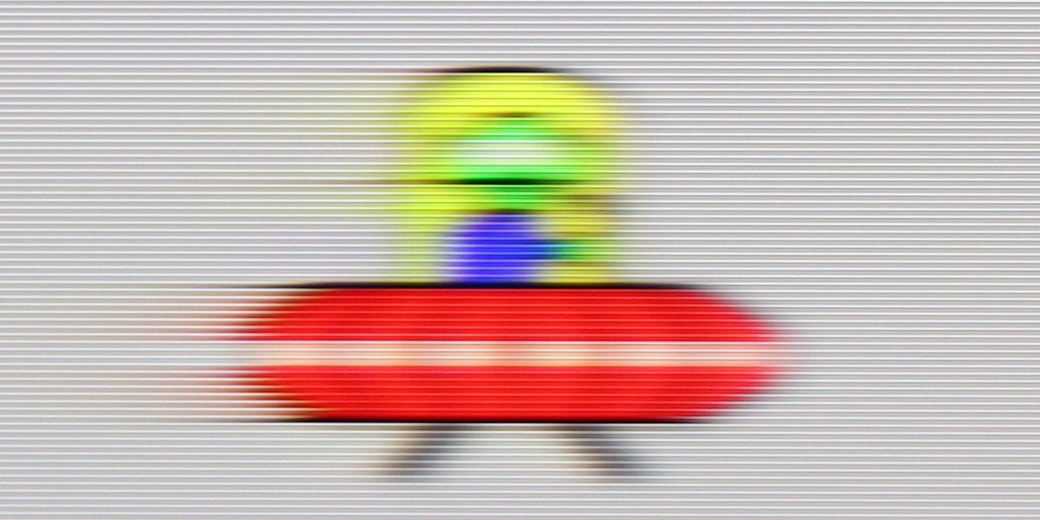
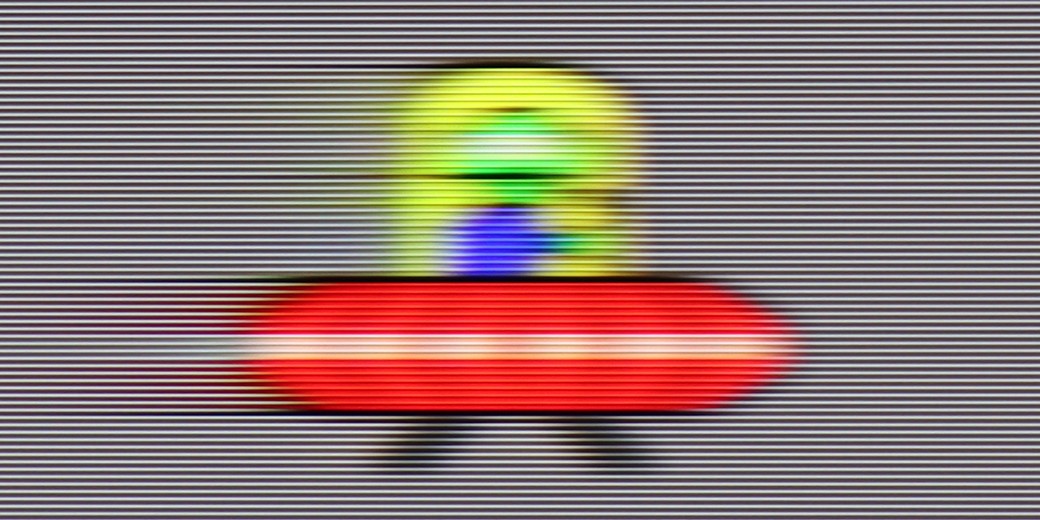
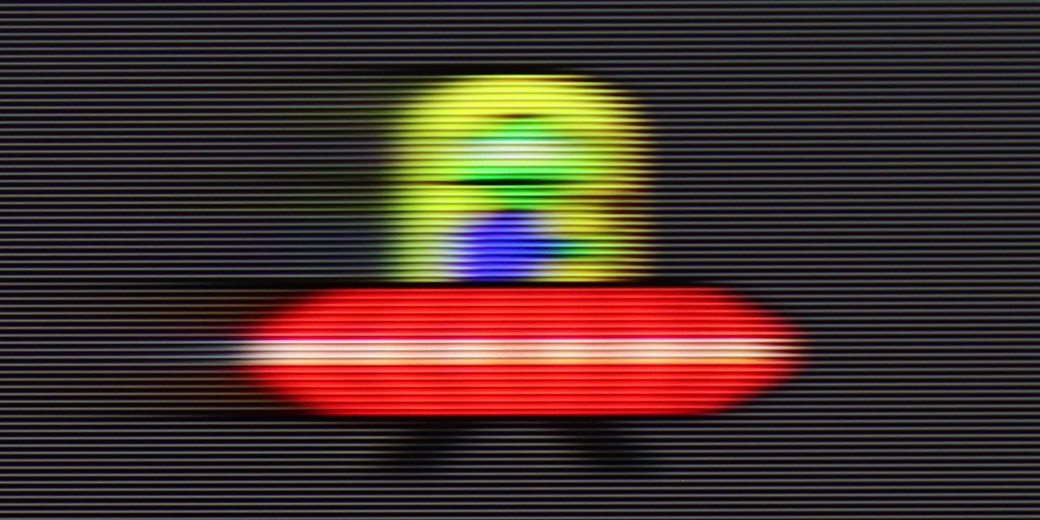
Blur (BFI function enabled):



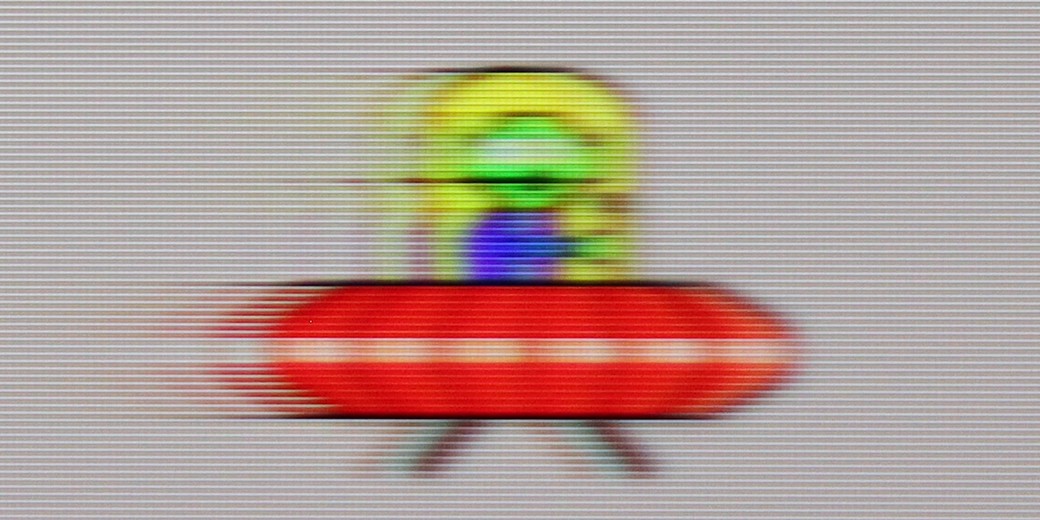

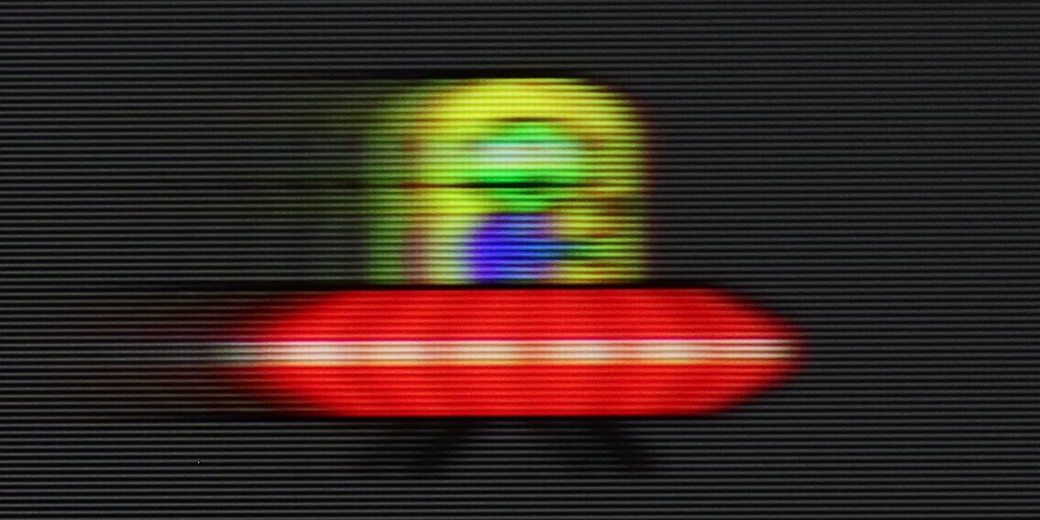
Smużenie ():
Smużenie (4K 120Hz):
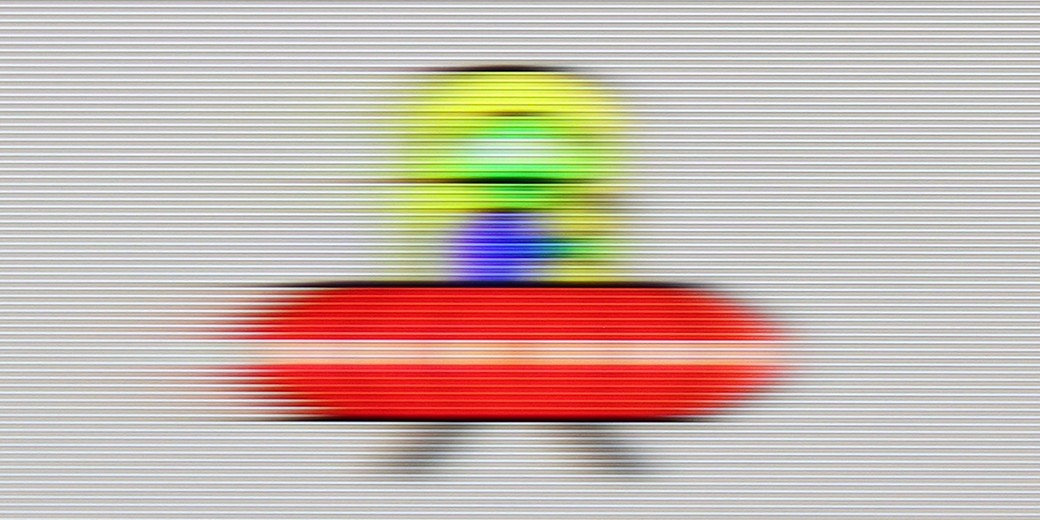
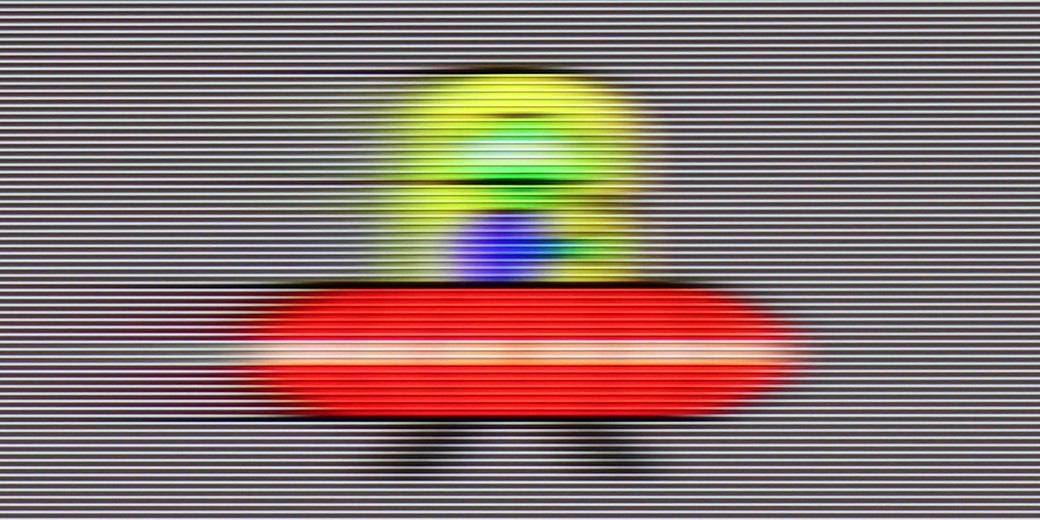
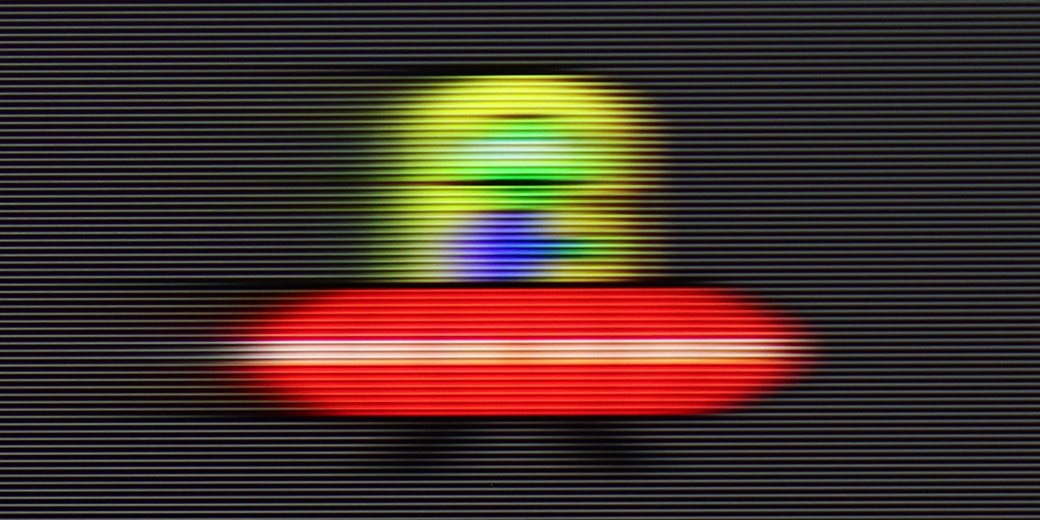
The X75WL Sony television features a 60 Hz panel, making it more suitable for watching movies than for fast-paced gaming. This model includes a motion smoother called Motionflow, which allows the user to adjust the picture on a 10-point scale. Smoothness adds intermediate frames, thus increasing motion fluidity, and the image becomes more theatrical while minimising the judder effect. Clarity reduces motion blur, which is especially useful during fast-paced scenes, such as sports or dynamic action in films. With this feature, the user can tailor the fluidity and sharpness of motion to their own preferences.
Similar to the U7Q, the E8Q model is a fast television designed with dynamic content in mind. It supports a 144 Hz refresh rate at 4K resolution, and if for some reason someone is still gaming in Full HD – it can even reach 240 Hz. This is a significant advantage, especially for PC users looking for maximum smoothness. In everyday use, the television performs very well. The “Ultra Motion Smoothness” mode gives us two sliders, allowing you to set the picture to your preference – whether it's more cinematic with the film frame preserved or highly smoothed, almost “TV show-like.” It's good that the manufacturer provides a choice here, instead of imposing one style. On sports material, live broadcasts, or in games – motion looks clean and stable. Sure, it’s not at the OLED level, but for this price range, the E8Q does a really good job.
Console compatibility and gaming features
3.6/10
8.5/10
- ALLM
- VRR
- VRR range48 - 240Hz
- Dolby Vision Game Mode
Yes, high input lag
- Correct implementation of HGIG
- 1080p@120Hz
- 1440p@120Hz
- 4K@120Hz
- Game bar

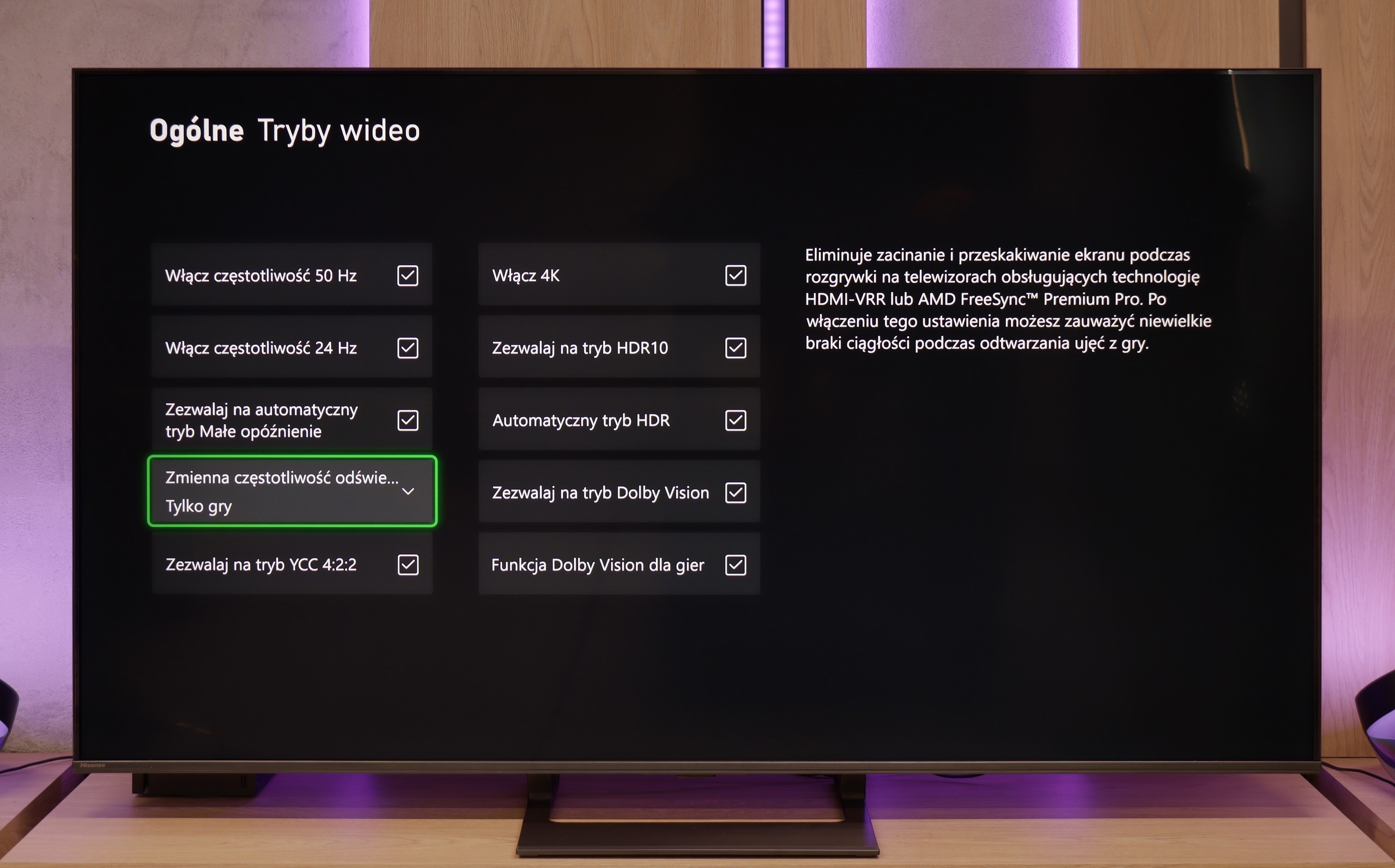

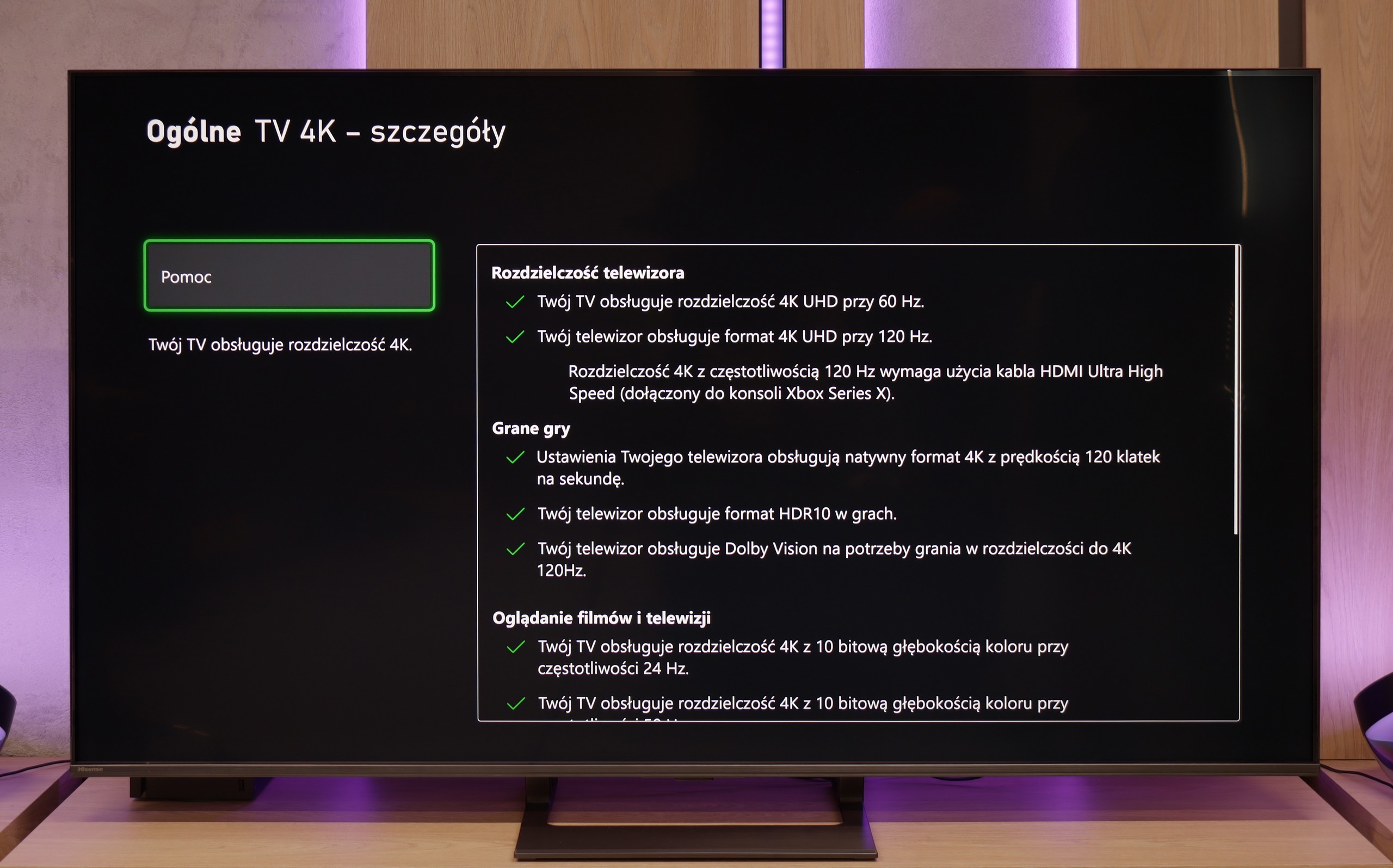

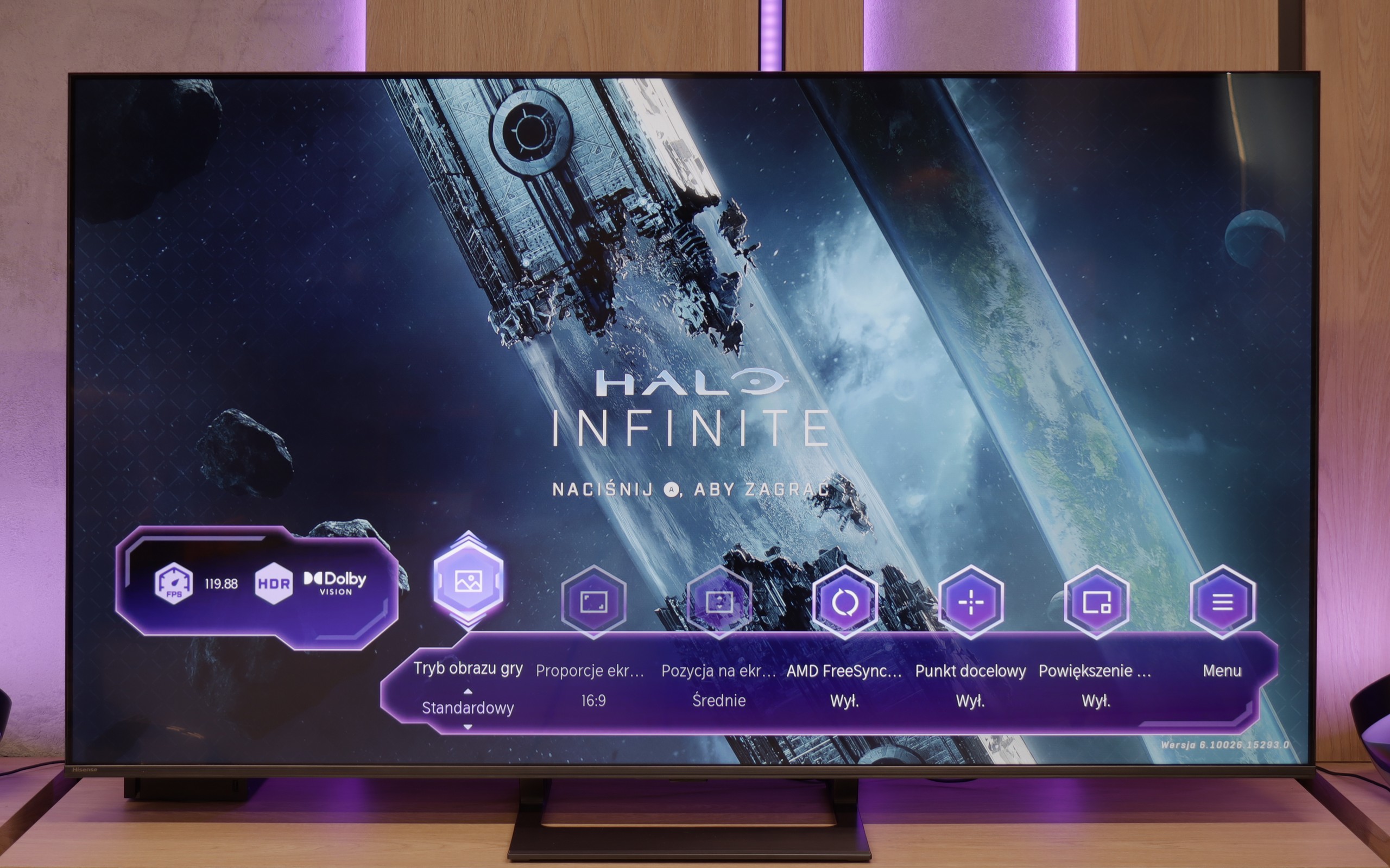

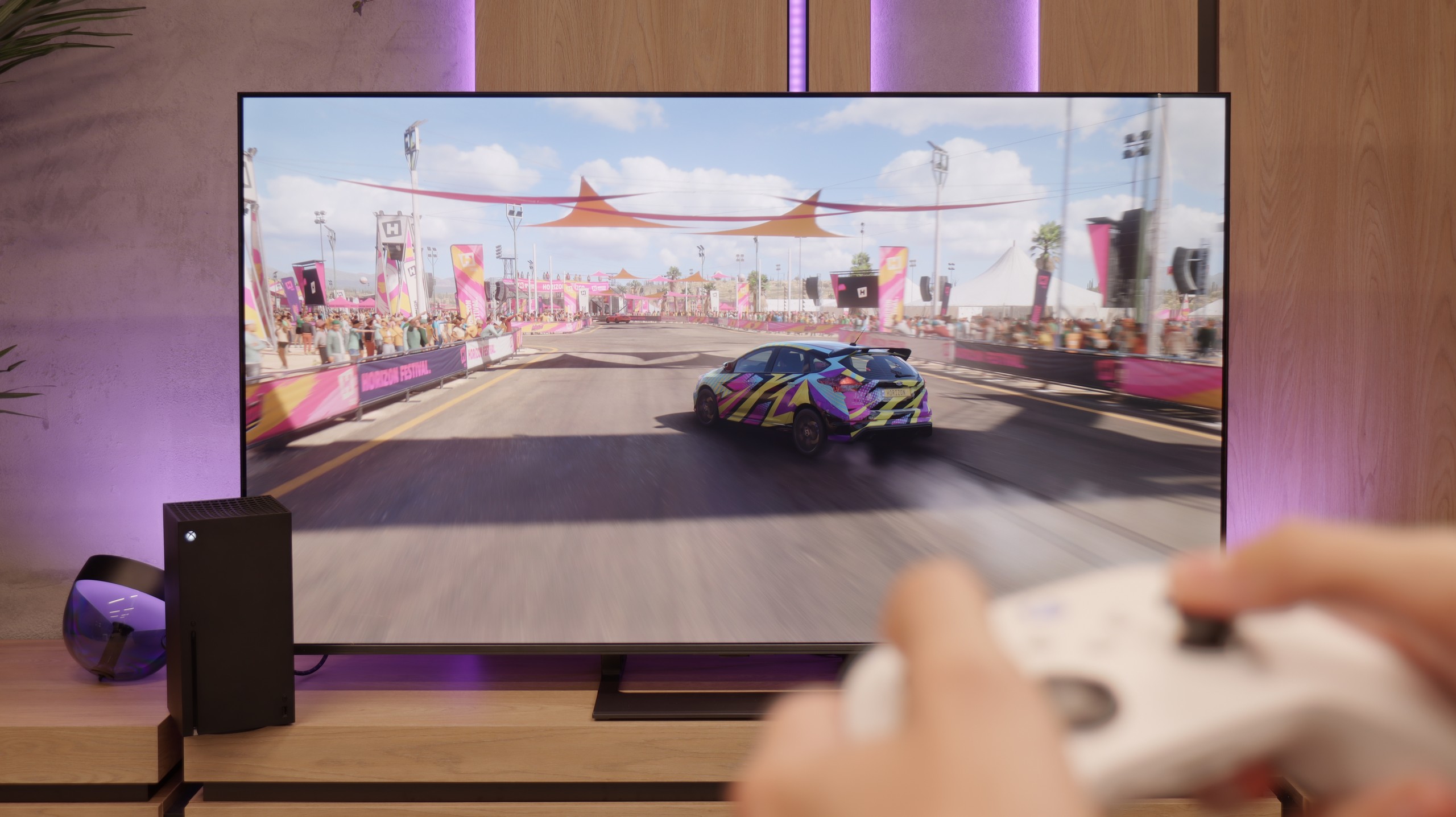
X75WL is not the best TV for gamers. It only has the ALLM (Auto Low Latency Mode) feature and a basic Game Bar, which are not sufficient to satisfy more demanding users. In this price range, one would expect support for features such as VRR or 120 Hz refresh rates – although in FULLHD, which are already standard – unfortunately, they are lacking here. This is a big downside for Sony, as the competition offers much more for gamers in a similar budget.
Hisense E8Q does not hide its gaming pedigree. Just the specifications reveal that we are dealing with a television that will perform excellently as a gaming screen. Variable Refresh Rate (VRR)? It's there. Automatic Game Mode switching (ALLM)? That's there too. Additionally, there's impressive refreshment – 120 Hz in 4K or even 240 Hz in Full HD. Such a set is rare in this price segment. Everything runs smoothly and without major surprises. The only missing element – similar to the U7Q – remains support for HGiG. It's a shame because this feature facilitates adjusting the brightness curve to the capabilities of the specific television, enhancing visual fidelity with the intentions of HDR game developers. Without it, manual tweaking of the settings is necessary, which does not always yield a satisfying result.
Input lag
8.5/10
9.7/10
SDR
HDR
Dolby Vision
Sony KD-43X75WL offers very low input lag at 14 ms, which is a big advantage for gamers expecting a quick response from the TV to commands from the controller. However, input lag of 130 ms in Dolby Vision mode completely disqualifies this mode from use during gaming. This means that users using Dolby Vision need to reckon with significant delay, which greatly affects comfort and precision during gameplay.
The E8Q handles delays very well. For 120 Hz content, the input lag is super low – practically imperceptible even for more demanding players. At 60 Hz, the values are slightly higher, but still comfortably within the "placebo" range – there's nothing to complain about. The biggest increase in latency was noted in Dolby Vision Gaming mode. The TV needs more time to process the signal then, but even in this scenario, it doesn't exceed 30 ms. These may not be ideal values, but for most players – especially console gamers – it won't be a problem.
Compatibility with PC
6/10
8.6/10

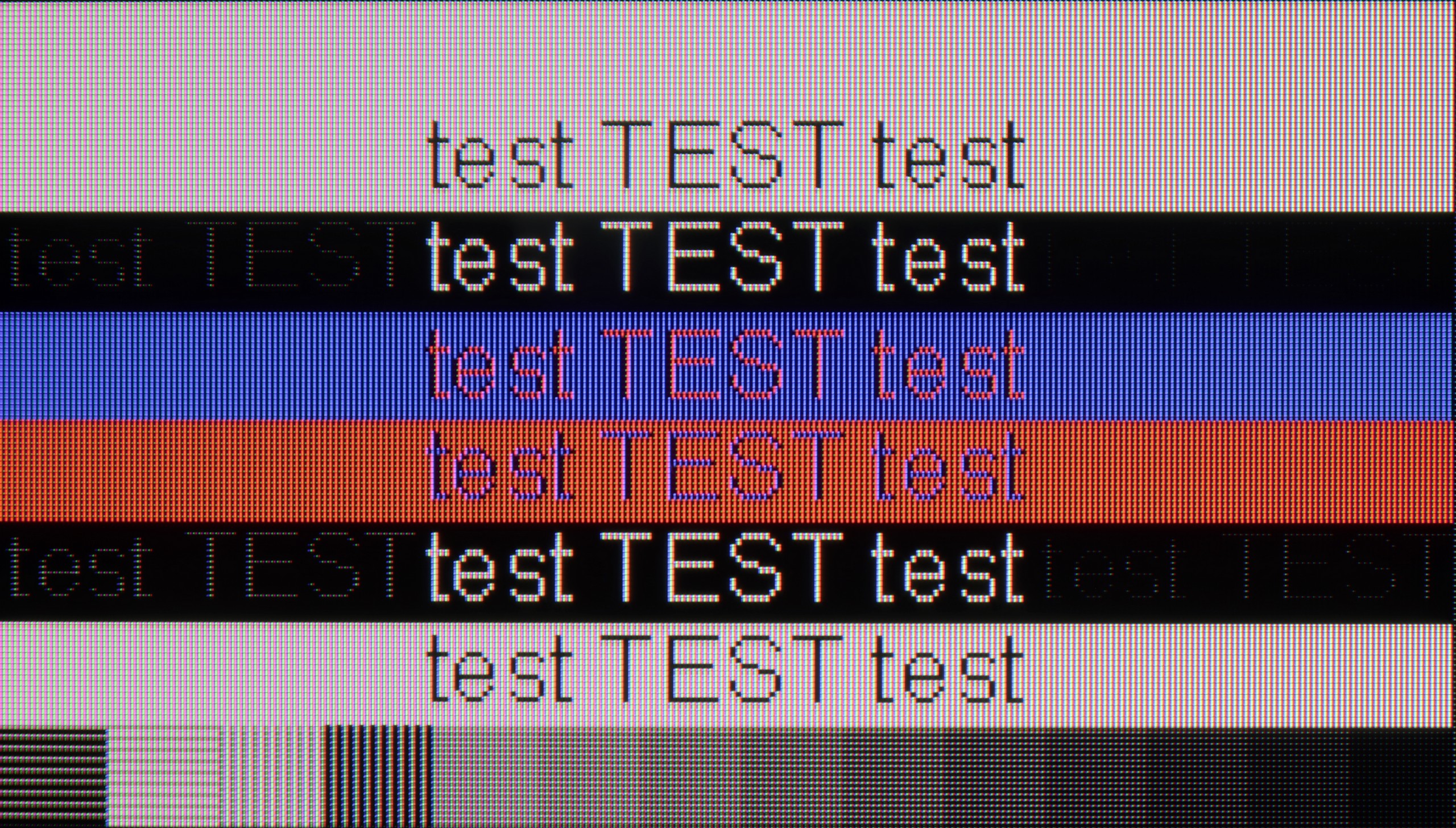
Model Sony X75WL works well as a computer monitor. Thanks to support for 4:4:4 chroma, the readability of fonts is very good, making working with text on this television comfortable. Additionally, low input lag ensures smooth and responsive operation, making the experience of using this model with a computer enjoyable and convenient. The television is equipped with a 60 Hz panel and does not support G-Sync, which may be a downside for PC gamers. As a result, its rating in this category is lower – it performs well for everyday computer use, but in games, especially fast-paced ones, the lack of fluidity is a drawback that is crucial for smooth gameplay.
In terms of collaboration with the computer, the E8Q performs really well. It supports chroma 4:4:4 at full 4K resolution and the highest refresh rates, so the readability of fonts – even the smallest ones – is at a very good level. There are slight blurriness issues with exceptionally thin fonts, but in everyday use, it's hard to consider this a serious problem. A nice addition for PC gamers is the ability to achieve up to 288 Hz at lower resolutions. The E8Q communicates effortlessly with powerful graphics cards, making it an interesting choice not only for movies or consoles but also for gaming on the computer.
Viewing angles
6.8/10
3/10
The viewing angles on the model KD-43X75WL are quite good, thanks to the IPS panel used. The picture remains relatively faithful even when viewed at an angle, which can be beneficial in situations where the television is viewed from different spots in the room. Nevertheless, we have seen better models with this type of panel that offer more uniform colour and contrast quality at wider angles.
E8Q, like most TVs with a VA panel, looks best when we're sitting directly in front of the screen. In this position, you can expect deep blacks, good colour saturation, and high contrast. Unfortunately, just shifting a little to the side causes the picture quality to drop – colours start to fade, and blacks become more grey than black. It's not surprising, but it's worth keeping in mind, especially if we plan to watch with a larger group from different spots in the lounge. On the bright side – in return, we get significantly better black levels than in IPS panels.
TV efficiency during daytime
4.6/10
6.2/10

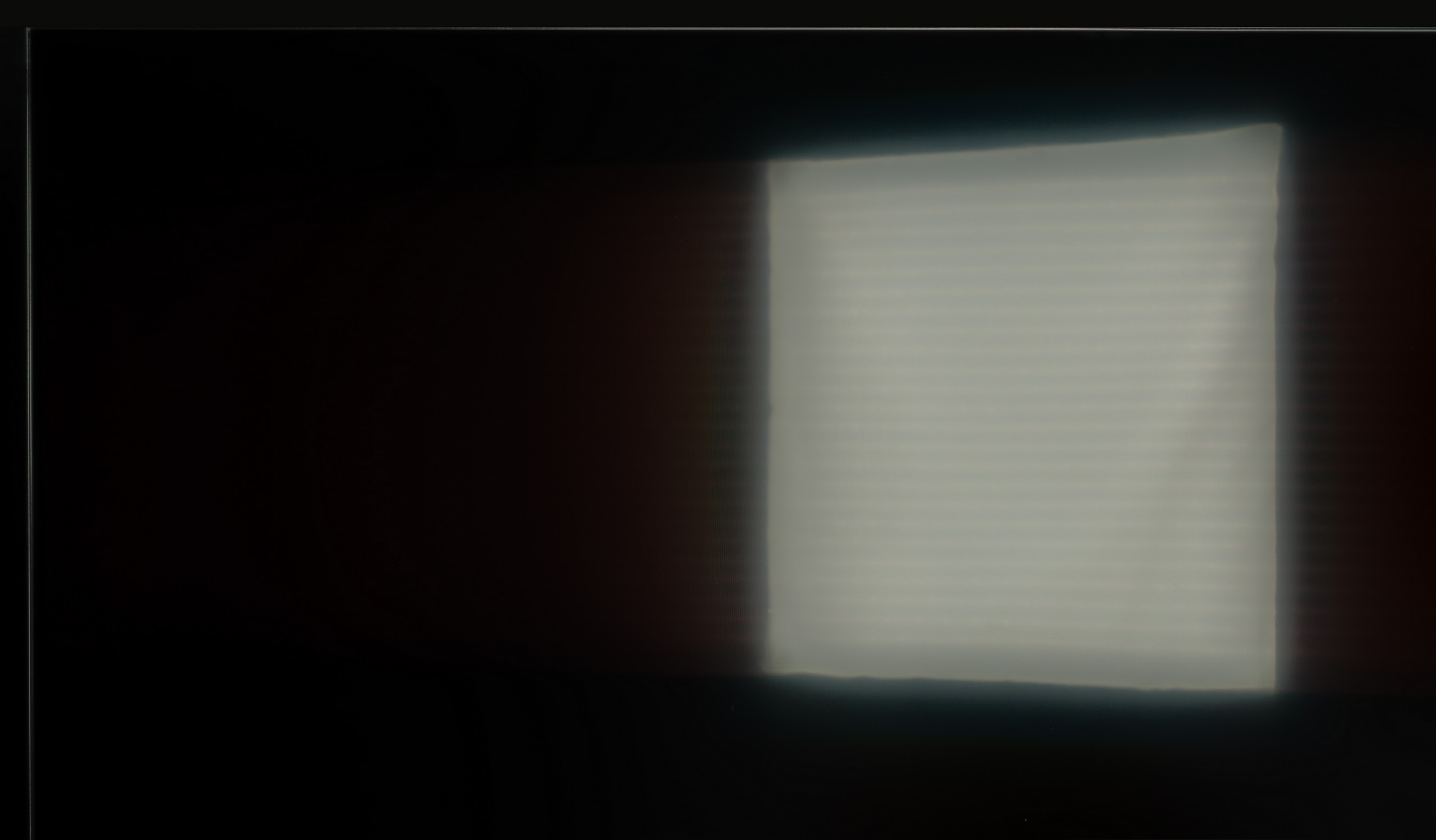


Matrix brightness
Average luminance SDR
Hisense E8Q: 504 cd/m2
Sony X75WL: 334 cd/m2
The performance rating of the television Sony X75WL during the day is average. The matte coating on the panel moderately suppresses reflections, which means that in a bright room, glare can be visible and interfere with image reception. Additionally, with a brightness level of 330 cd/m², it is not sufficient to provide a clear picture in very sunny environments, limiting its use in well-lit rooms.
Hisense E8Q isn't afraid of bright interiors. Even when the sun is shining outside, the television can maintain good image readability. With a brightness level of around 500 nits, you can comfortably watch content during the day without feeling like everything is drowning in glare. The satin screen coating also helps to nicely minimise reflections – it doesn't completely eliminate them, but reduces them enough that they don't interfere with everyday viewing.
Details about the matrix
Subpixel Structure:

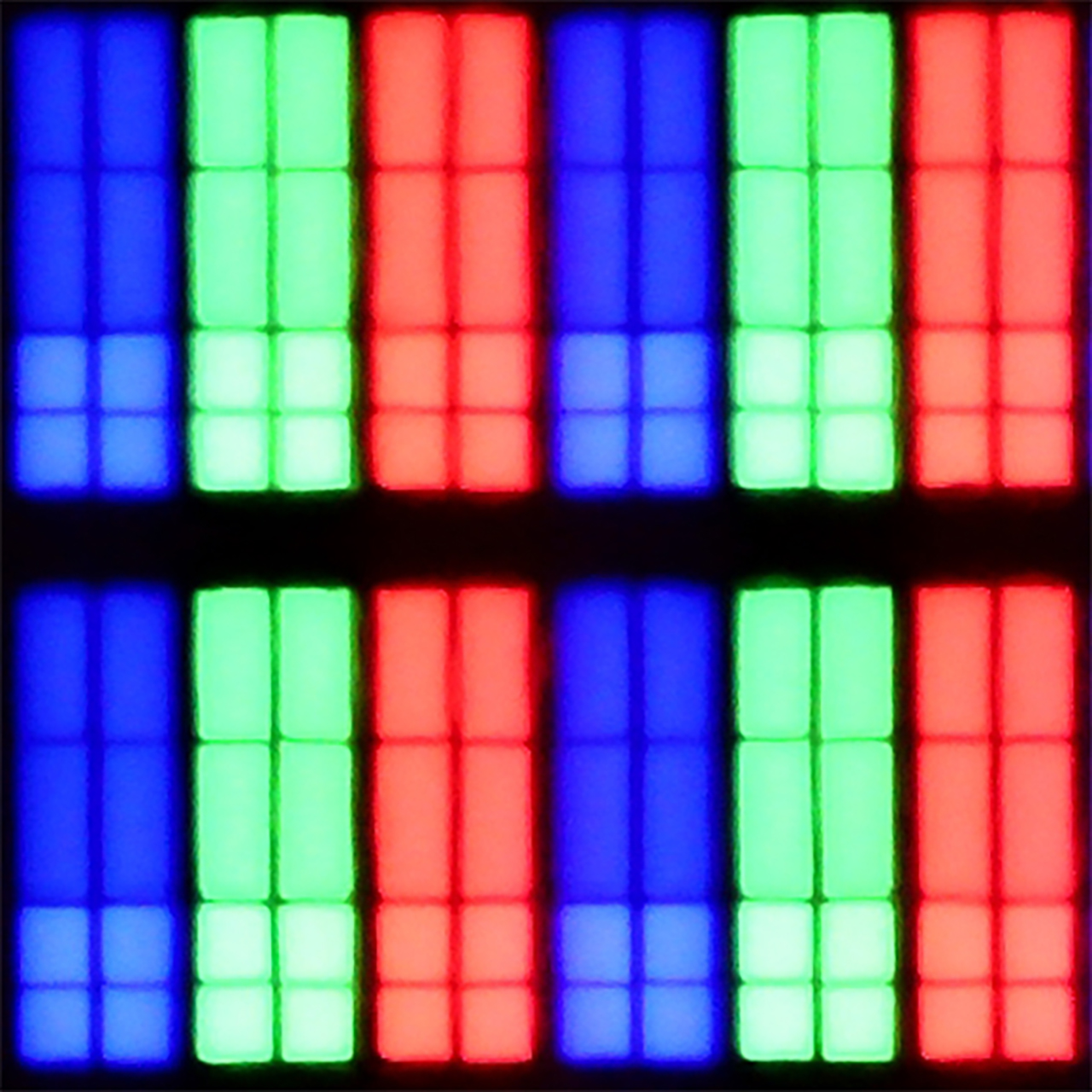
Panel uniformity and thermal imaging:

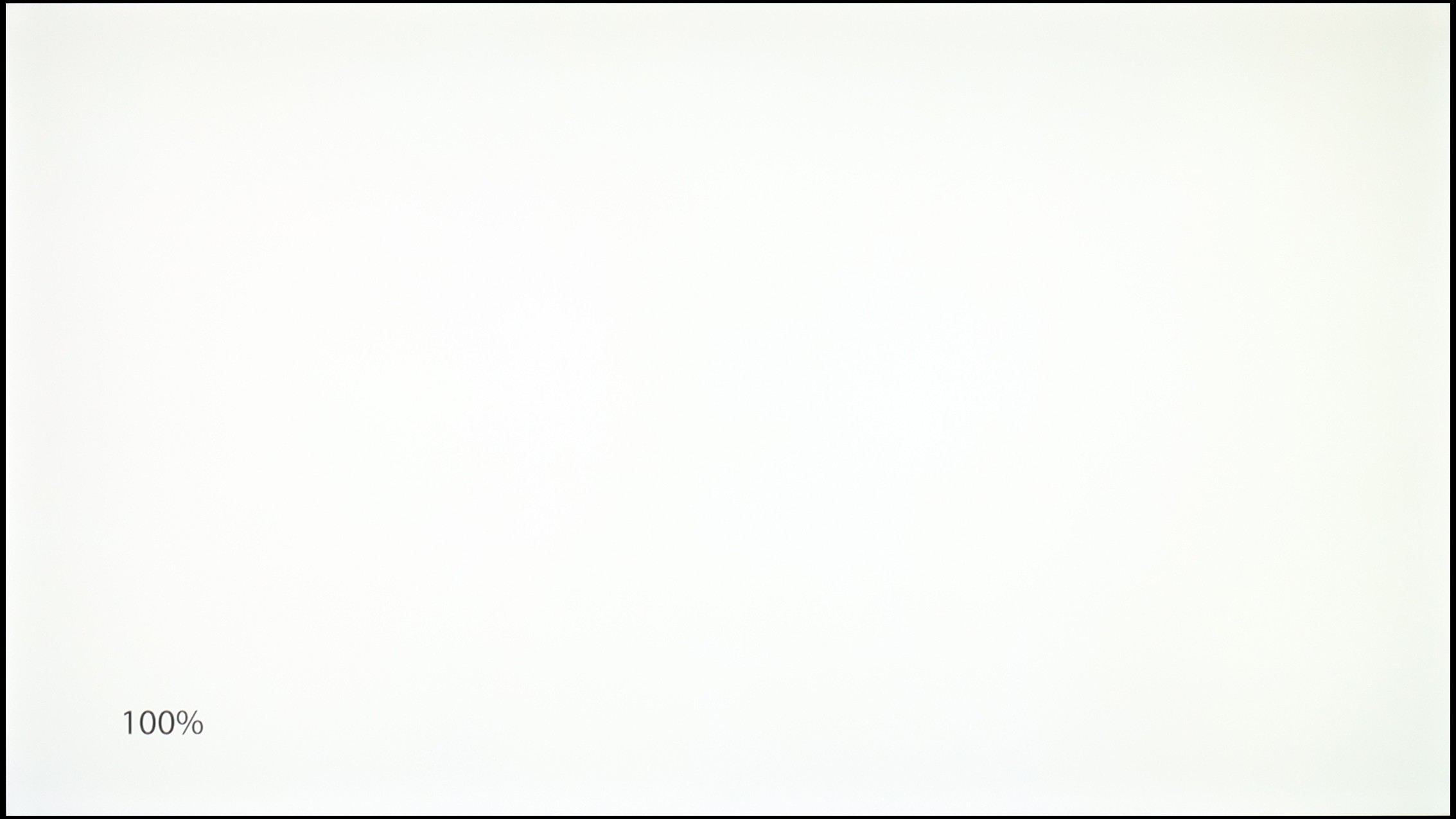
Sony X75WL
Hisense E8Q
TV features
7.7/10
8.9/10
- HDMI inputs4 x HDMI 2.0, 0 x HDMI 2.12 x HDMI 2.0, 2 x HDMI 2.1 48Gbps
- Other inputsRCA (Chinch)RCA (Chinch)
- OutputsToslink (Optical audio), eARC (HDMI), ARC (HDMI)Toslink (Optical audio), eARC (HDMI), ARC (HDMI), Mini-Jack (Headphones)
- Network InterfacesWi-Fi 2.4GHz, Wi-Fi 5GHz, Ethernet (LAN) 100MbpsWi-Fi 2.4GHz, Wi-Fi 5GHz, Ethernet (LAN) 100Mbps
- TV receptionDVB-T, DVB-T2, DVB-S, DVB-S2, DVB-CDVB-T, DVB-T2, DVB-S, DVB-S2, DVB-C
Classic features:
- Recording to USB (terrestrial TV)
- Recording programming
- Picture in Picture (PiP)
- RF remote control (no need to aim at the screen)
- Backlit remote control
- Teletext
- Audio only mode
- Bluetooth headphones support
- Simultaneous Bluetooth headphones & TV audio
Smart features:
- AirPlay
- Screen mirroring (Windows Miracast)
- Voice search
- Voice search in native language
- Ability to connect a keyboard and mouse



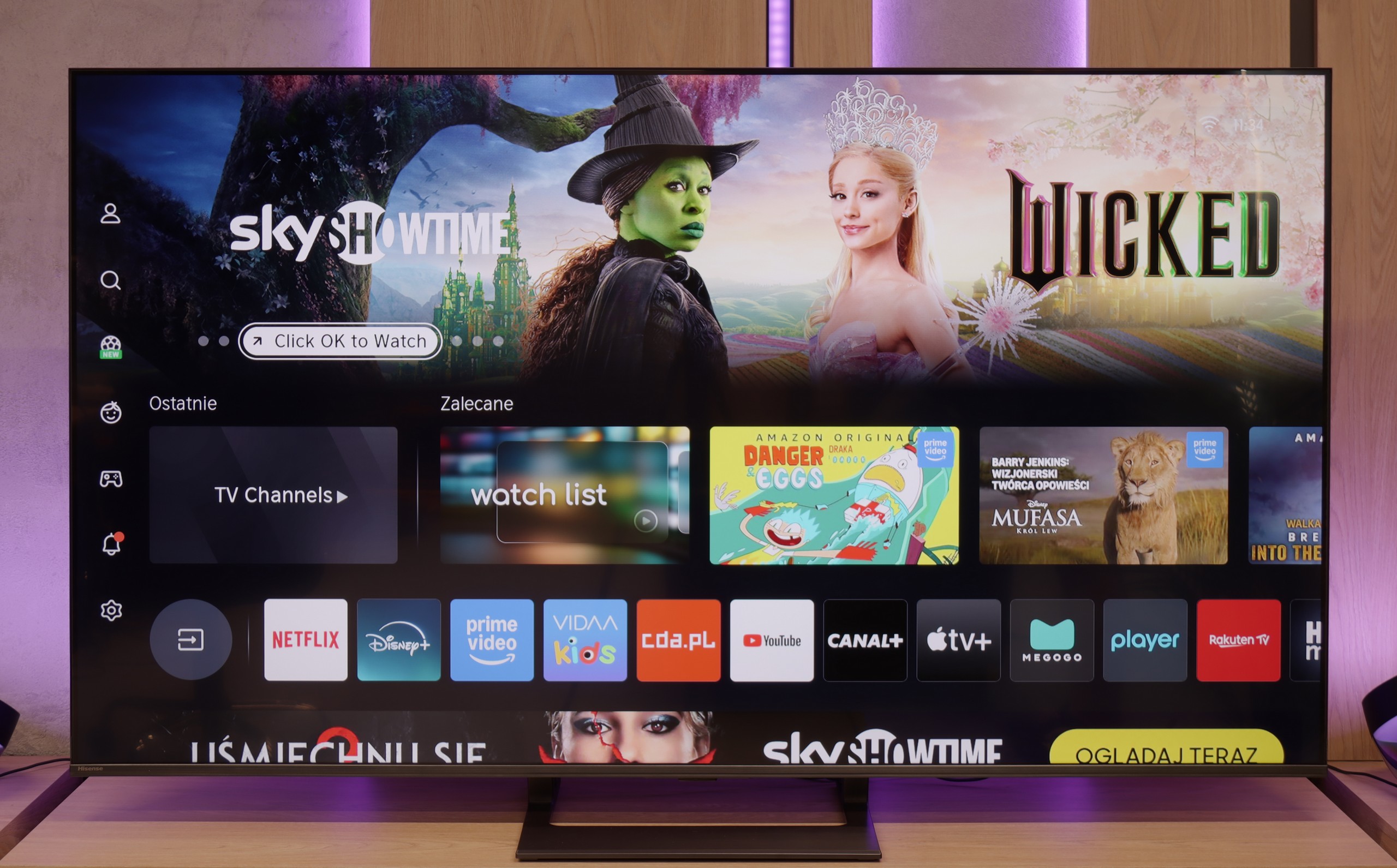
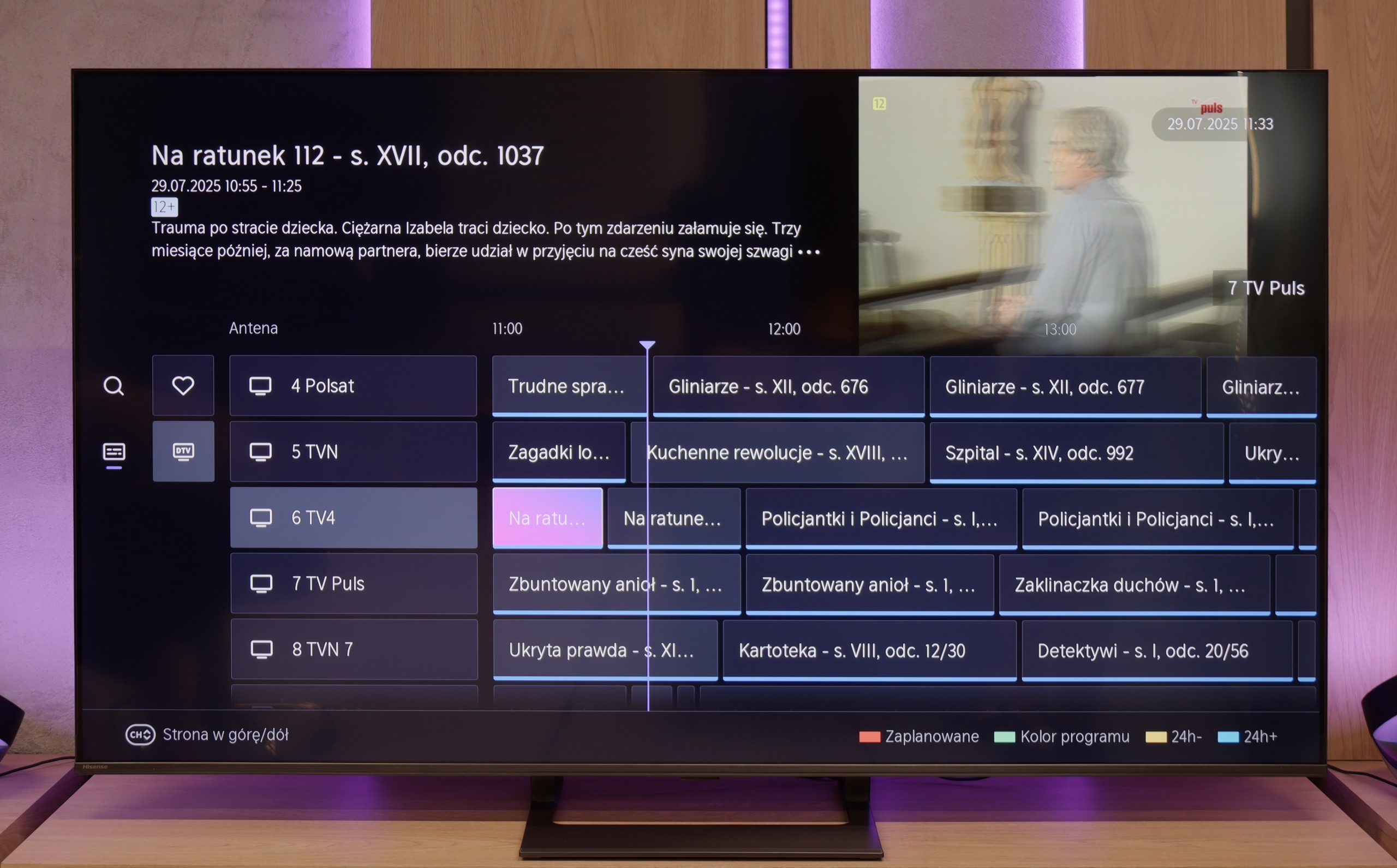
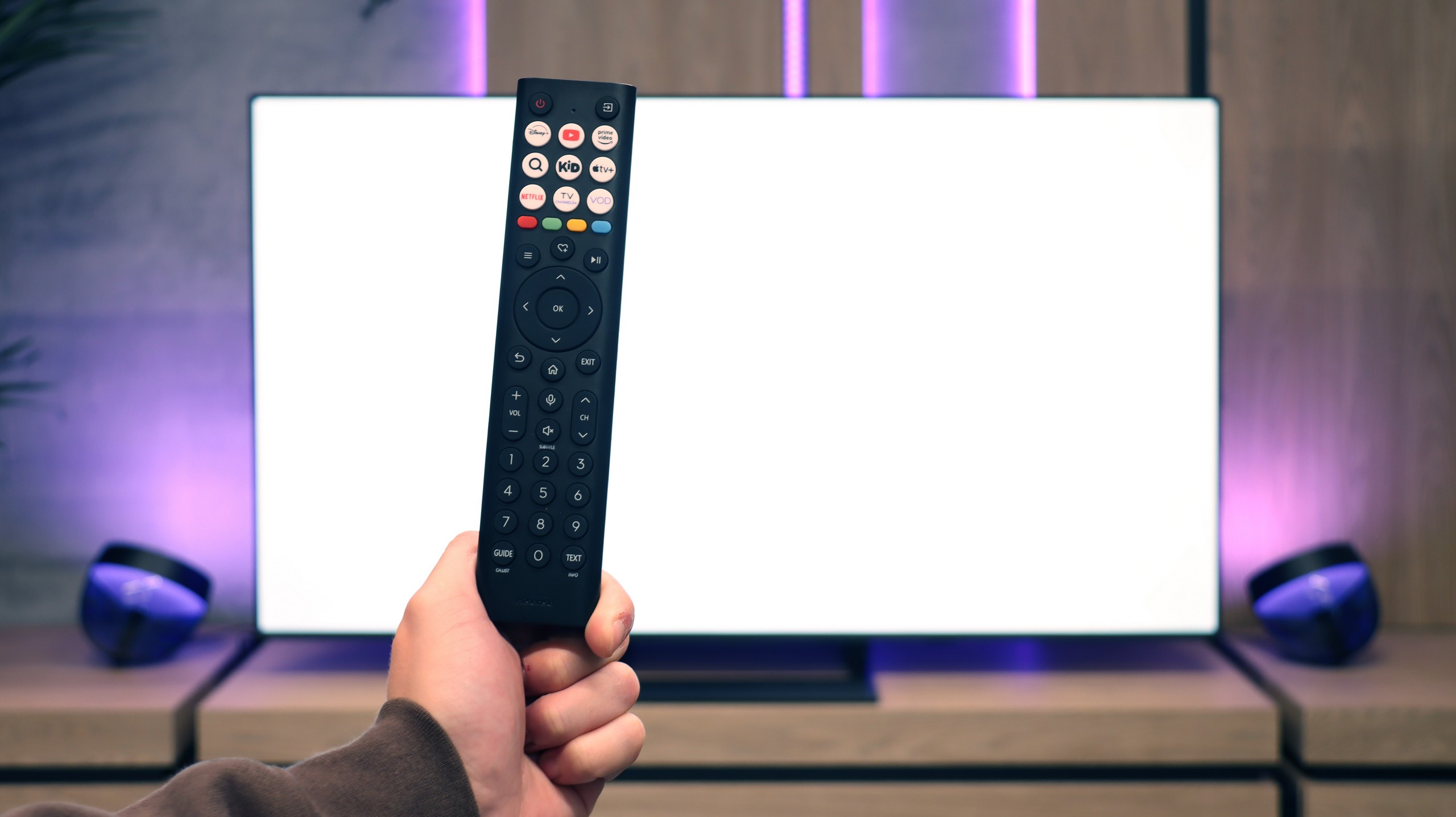

Model KD-43X75WL runs on the Google TV system, which is an extension of Android TV and offers a wide range of features that make using the television easier. Google TV allows access to personalised recommendations based on user preferences and viewed content, making it even easier to find interesting shows. The system also provides smooth access to popular applications such as Netflix, YouTube, or Amazon Prime Video, as well as full integration with the Google Play Store, enabling the download of additional applications and games. With the built-in Google Assistant, the television can be controlled using voice commands, which is convenient and practical.
The television also offers a range of practical user features. The ability to record programs onto an external USB drive allows for easy preservation of favourite content for later, which is particularly useful in the case of live broadcasts. The model KD-43X75WL also enables connection of various peripheral devices, such as keyboards, mice, or Bluetooth headphones, increasing its functionality. The remote included in the package operates via radio communication, meaning there is no need to aim at the screen to change channels or adjust the volume, which is a significant convenience for daily use.
In terms of appearance, the model Sony X75WL presents itself solidly, though it cannot be called the sleekest television on the market. The bezels around the screen are not the thinnest, but the overall look is aesthetically pleasing. It's worth noting the metal legs included with the package, which deserve praise for their sturdiness. These legs have adjustable options, allowing for modification of their spacing even for very narrow furniture.
Classic Features – E8Q
The Hisense E8Q is not just equipment for gamers or movie enthusiasts – it can also serve as an everyday TV for the whole family. We can record programs to USB, connect headphones or speakers via Bluetooth, and the entire interface – including the channel guide – is clear and easy to use. It only lacks a PiP function, but besides that, the set of classic features is really complete.
Smart TV – VIDAA System
The E8Q runs on the VIDAA system, which is becoming more refined every year. Voice search in Polish works flawlessly, and it's easy to stream content from a phone (AirPlay and screen mirroring). The system itself operates smoothly, without hiccups, although – as is often the case with closed platforms – there may be one or two less popular apps missing. It’s worth checking before purchase whether it has everything we use daily.
Playing files from USB
8.7/10
8.2/10
Supported photo formats:
Maximum photo resolution:

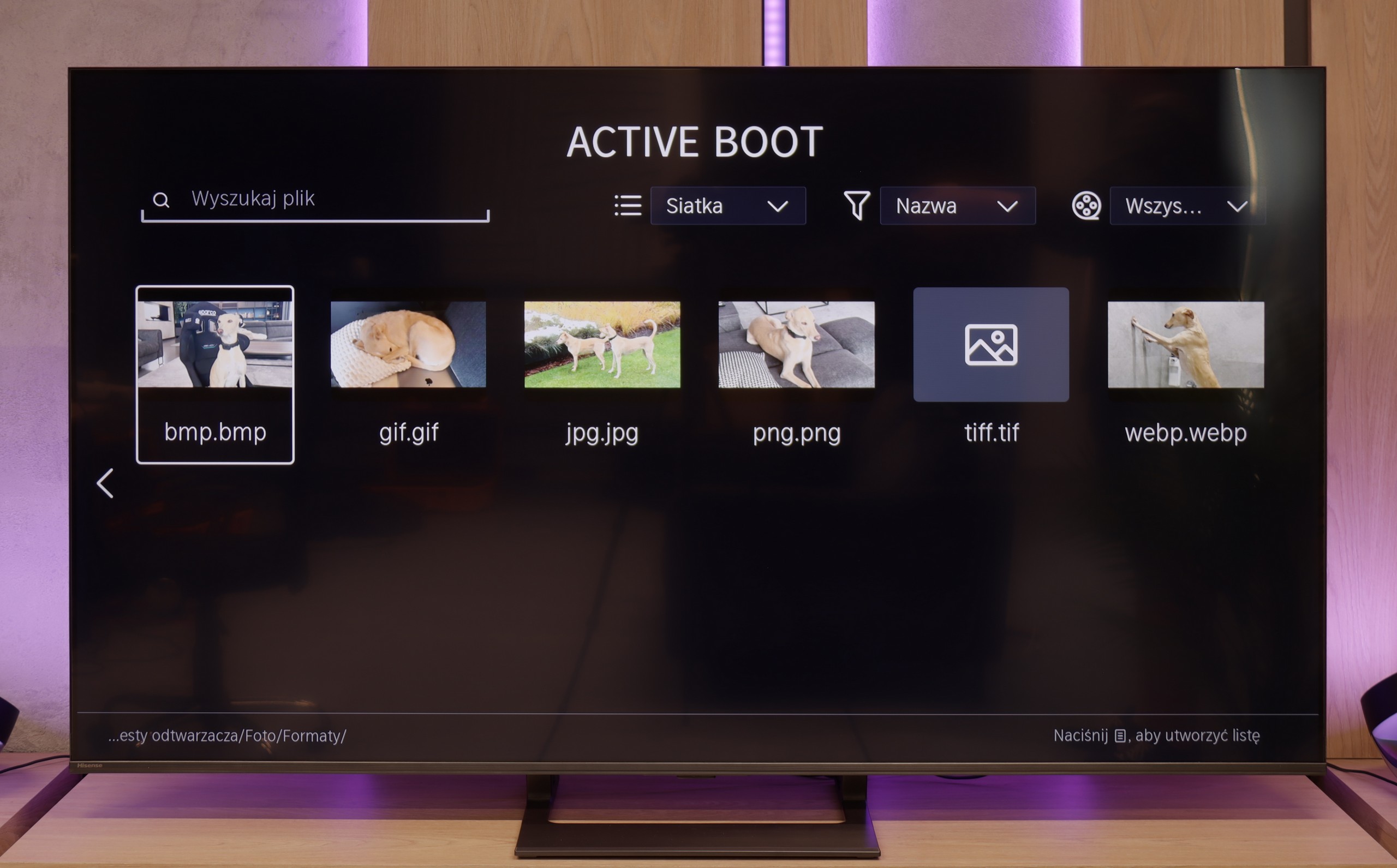
The built-in multimedia player in the Sony X75WL model performs quite well, opening most popular video, audio, and photo formats. However, if we encounter issues playing less popular files, we can easily solve this problem by installing another player available on Google Play Store, which allows for a more comprehensive utilisation of the television's capabilities.
The built-in media player in the E8Q performs quite well. It supports most popular video and audio formats, and files from USB drives or external disks play without major issues. Polish characters? They're supported. Subtitles? They work. The only minor drawback is the occasional problem with displaying high-resolution images – especially those from cameras or smartphones. So if you're planning to show holiday photos on the big screen, it’s worth checking beforehand that they all load correctly from the memory of the disk or USB drive.
Apps
9.6/10
7.7/10














































Sound
6.9/10
7.2/10
- Maximum volume-85dB
- Dolby Digital Plus 7.1
- Dolby True HD 7.1
- Dolby Atmos in Dolby Digital Plus (JOC)
- Dolby Atmos in Dolby True HD
- DTS:X in DTS-HD MA
- DTS-HD Master Audio
The sound in the model X75WL is very pleasant, and for this class and size of Sony television, it's quite impressive. You can hear a subtle bass, and the sound feels clear, which positively impacts the reception of multimedia content. The television handles both dialogues and sound effects well.
Here unfortunately, the Hisense E8Q didn’t make the best impression on us. Although on paper it has speakers with a power of 40 W (which is just a bit less than 50 W in the U7Q), in practice the difference is significant – and unfortunately not in favour of the E8Q. During testing, it quickly became clear that something wasn’t right. When the volume was turned up above 40–50%, the entire back casing began to resonate, and unpleasant crackling sounds emitted from the TV. Even during regular viewing, it was hard not to notice this, and definitely hard not to hear. In this form, it’s difficult to talk about listening comfort. We don’t rule out that it was a problem with a specific test unit, but still – it’s worth keeping this in mind. If you care about good sound, consider connecting a soundbar or… go for the U7Q, which definitely performs better.
Acoustic Measurements
No acoustic data
85dBC (Max)
75dBC


